Think of a “hound dog” and you probably instantly imagine a loud, baying dog like a Bloodhound or even a smaller beagle. Often paired up with hunters, hounds are not as many imagine. Yes, there are those familiar hound dog breeds, but there are some remarkably fast, elegant and tiny breeds in the group, too.
So, the Hound Group within the AKC is not as predictable as you might guess. After all, there are small dogs like the Portuguese Podengo Pequeno and Dachshund as well as larger breeds like the Rhodesian Ridgeback and enormous Wolfhounds. In fact, there are dogs in all sizes, and with all kinds of traits and characteristics that fall within the Hound Group.
In this article, we’ll look at the group as a whole, explore a bit of its background and then look at some common traits shared by most of the breeds categorized within it. Then, we’ll have a bit of fun exploring the lesser known breeds in the group and discover just how diverse the “hounds” really are!
The Hound Group
Initially, all hounds were classified as sporting dogs. This makes sense because most of them were meant to work alongside hunters or even to hunt independently (with humans following on horseback or foot). And while some hounds stay paired up with humans and others go off on the chase, they differ even further. How? Some of the hounds are categorized as “scent” hounds and some as “sight” hounds. The sight hounds are also often called “speed” hounds because they spot their prey by sight and then run it down (such as the famous and remarkably fast Greyhounds).
Today, the Hound Group features 31 different breeds:
-
Afghan Hound
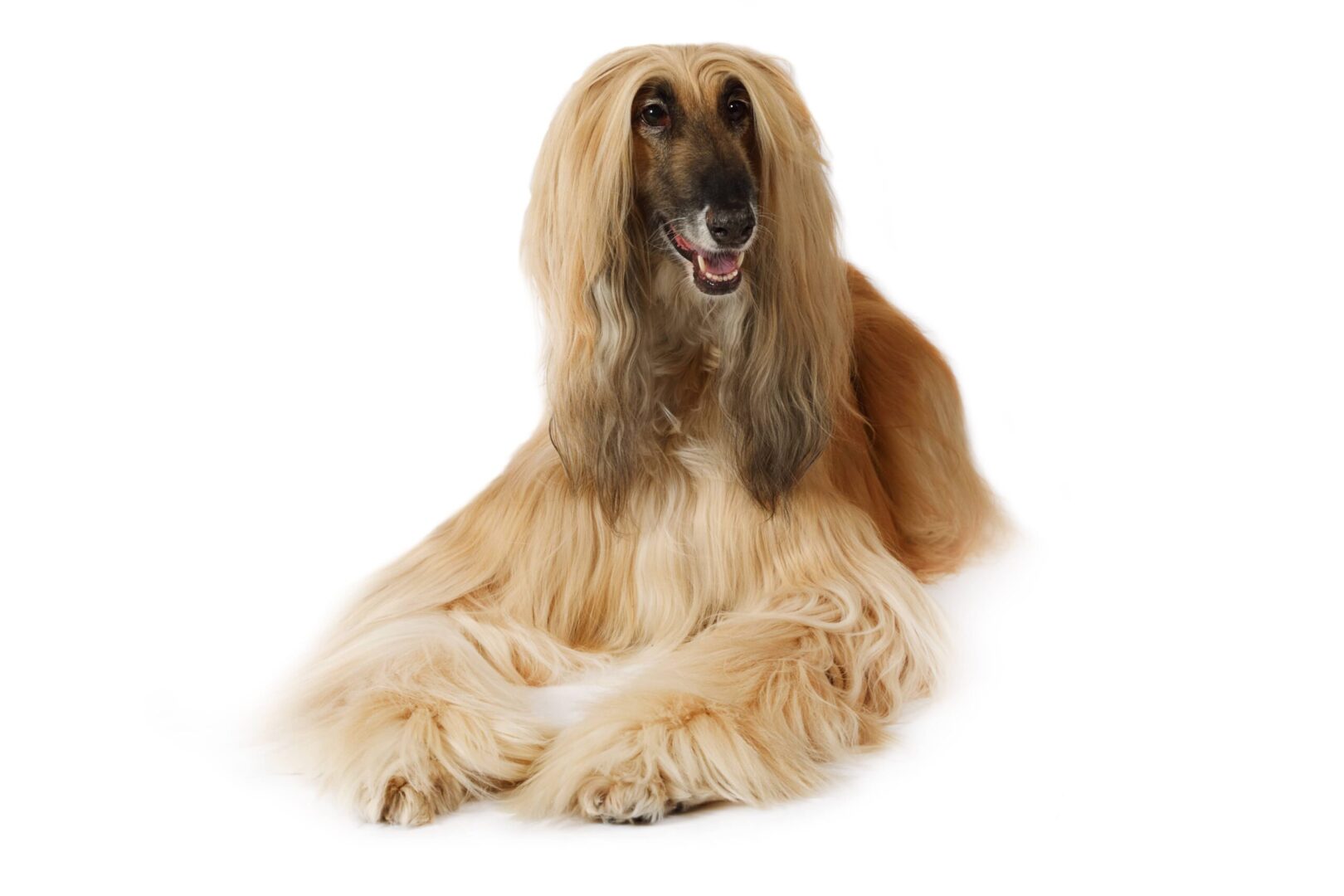
-
American Coonhound
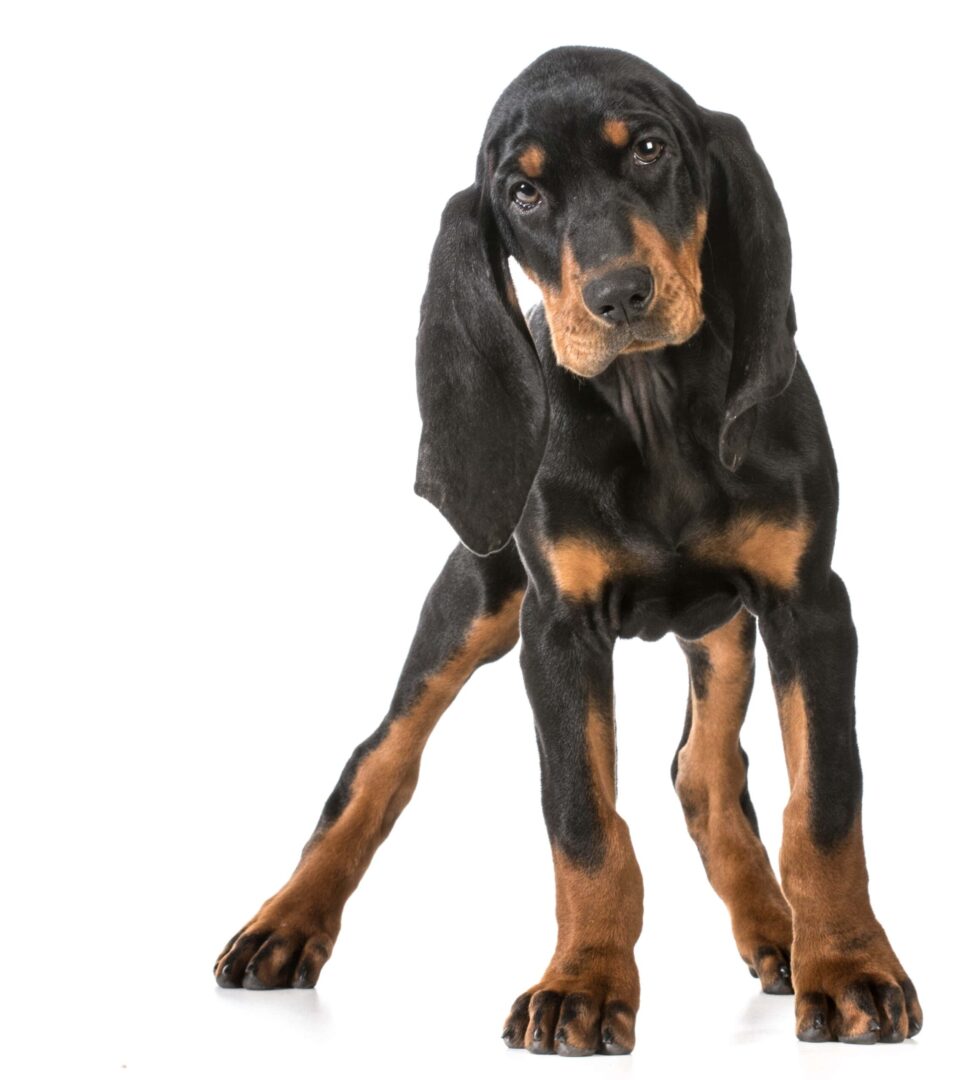
-
American Foxhound

-
Basenji
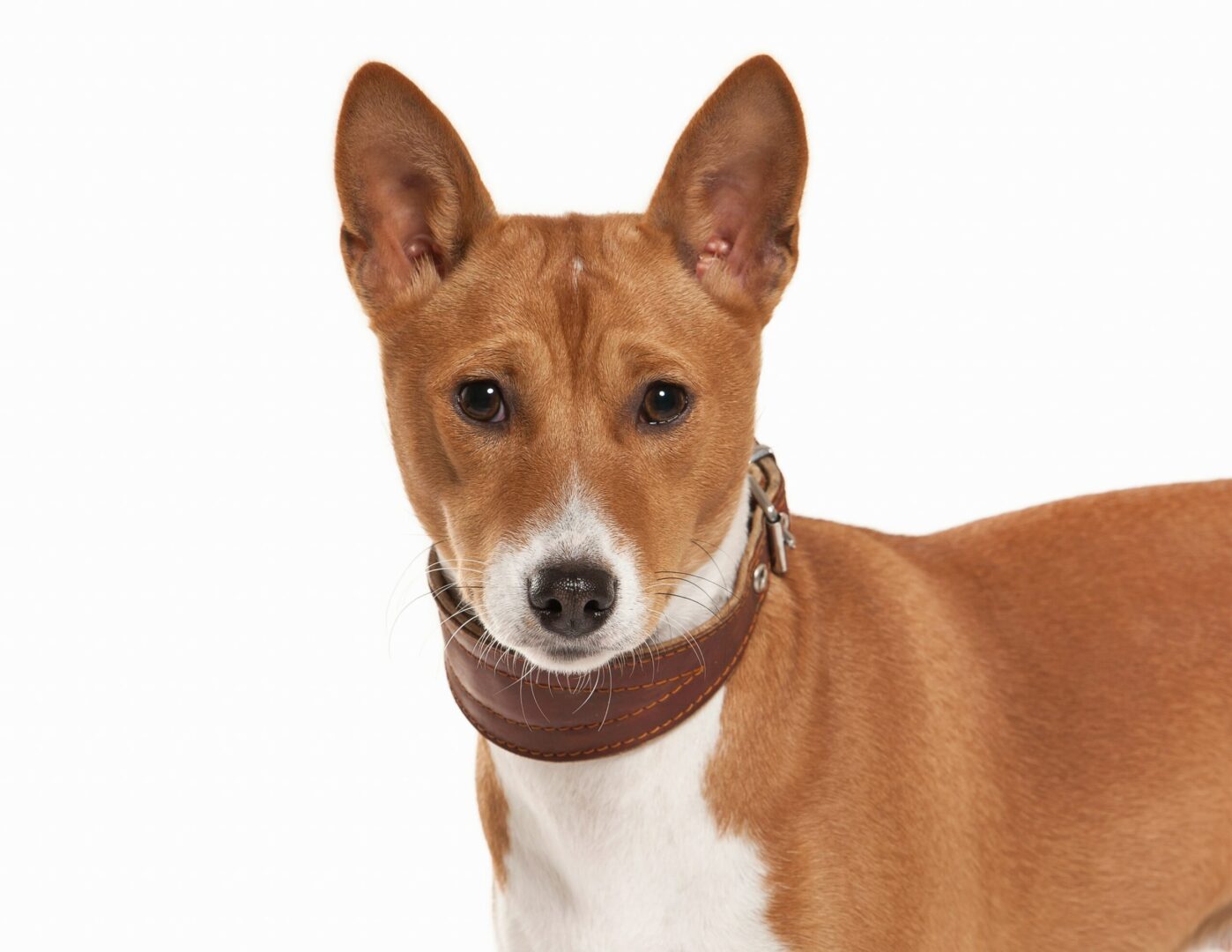
-
Basset Hound
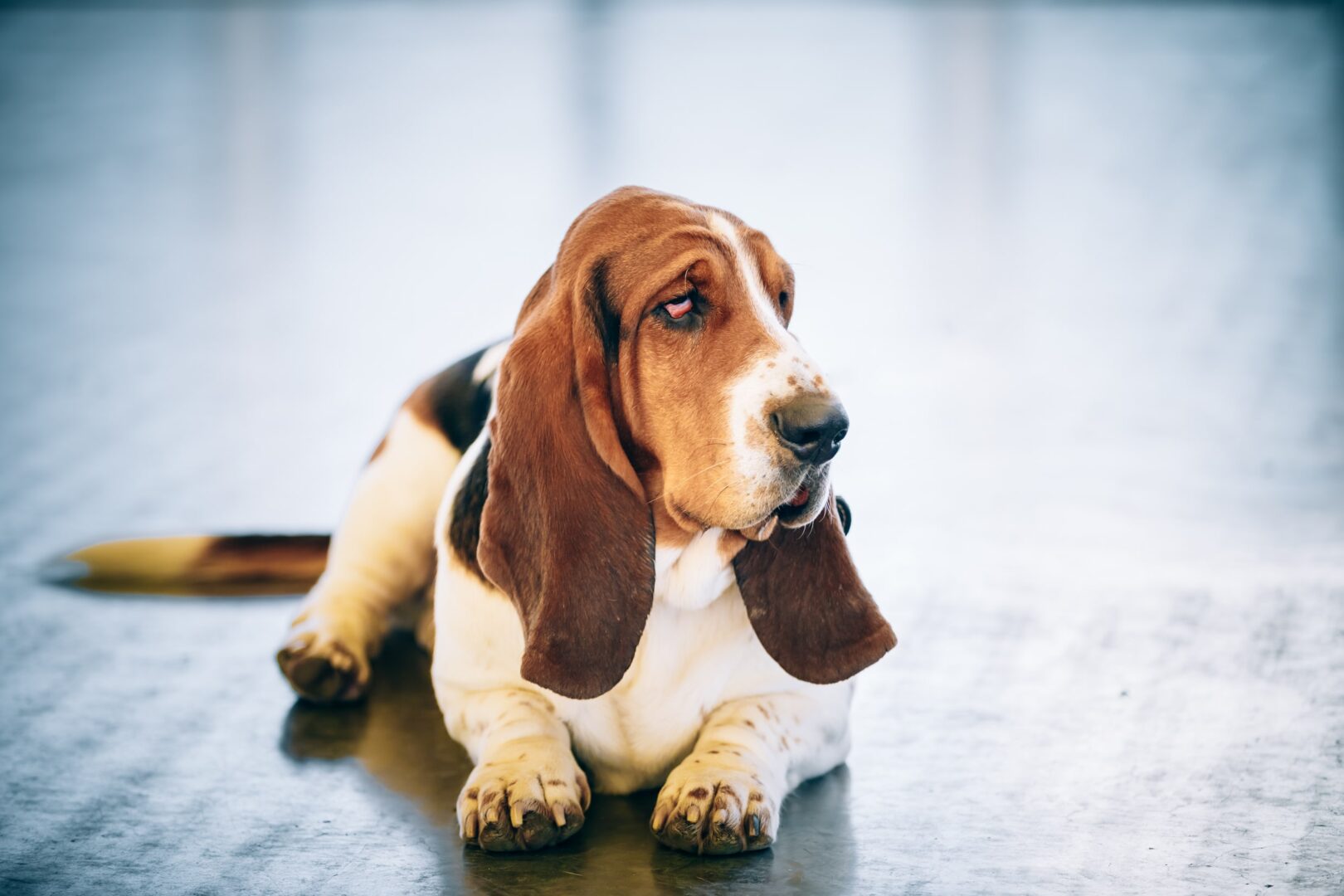
-
Beagle
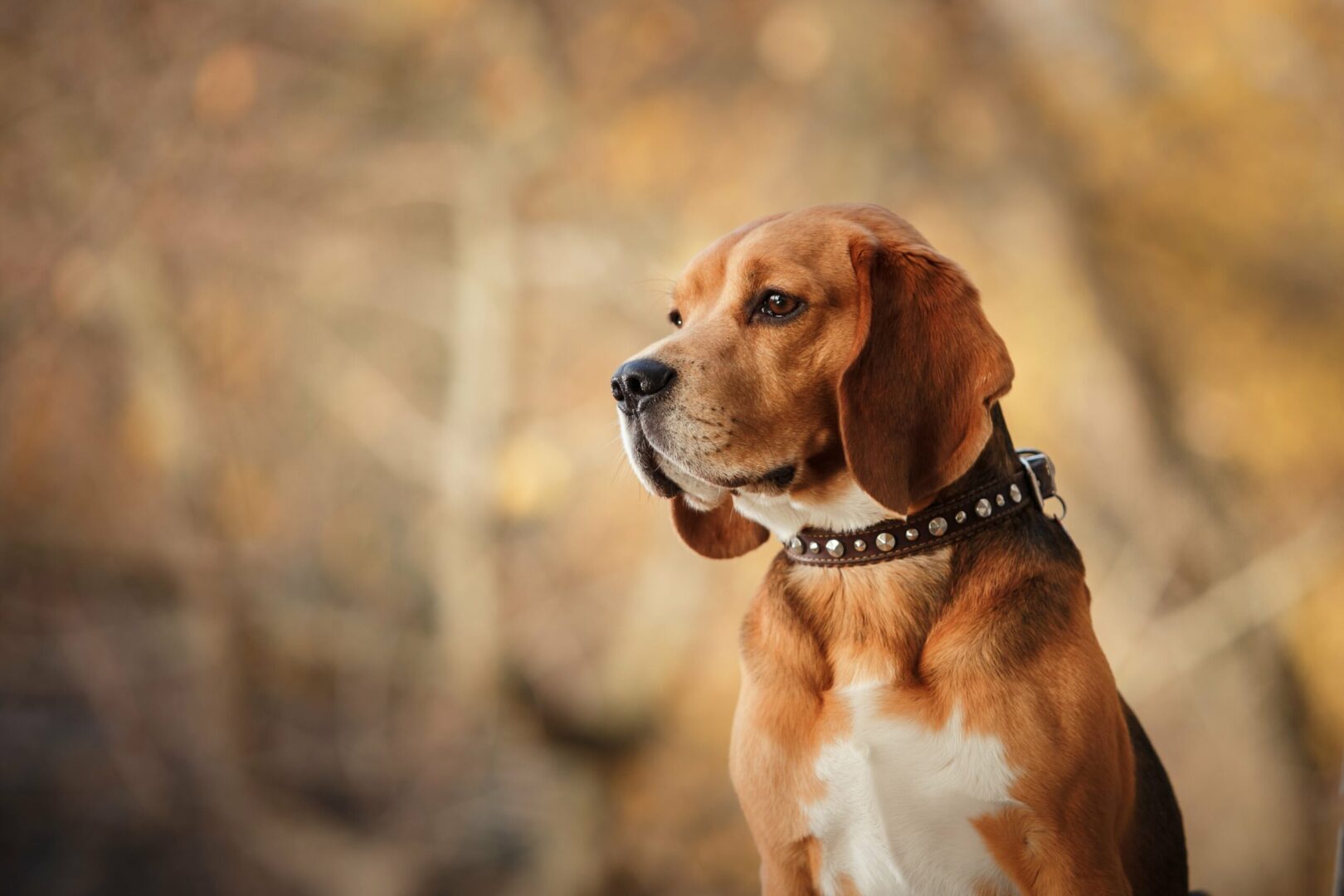
-
Black & Tan Coonhound

-
Bloodhound
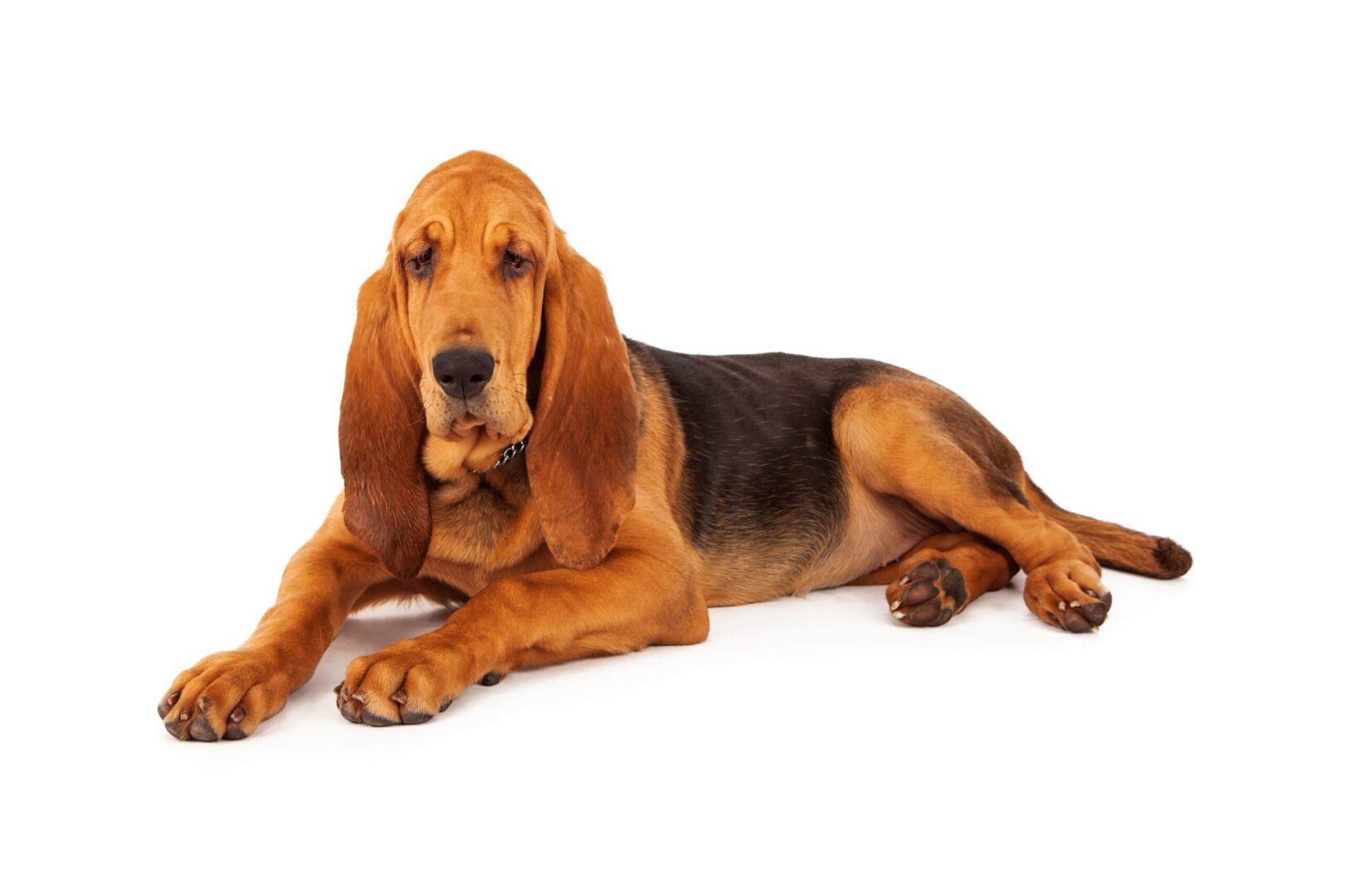
-
Bluetick Coonhound
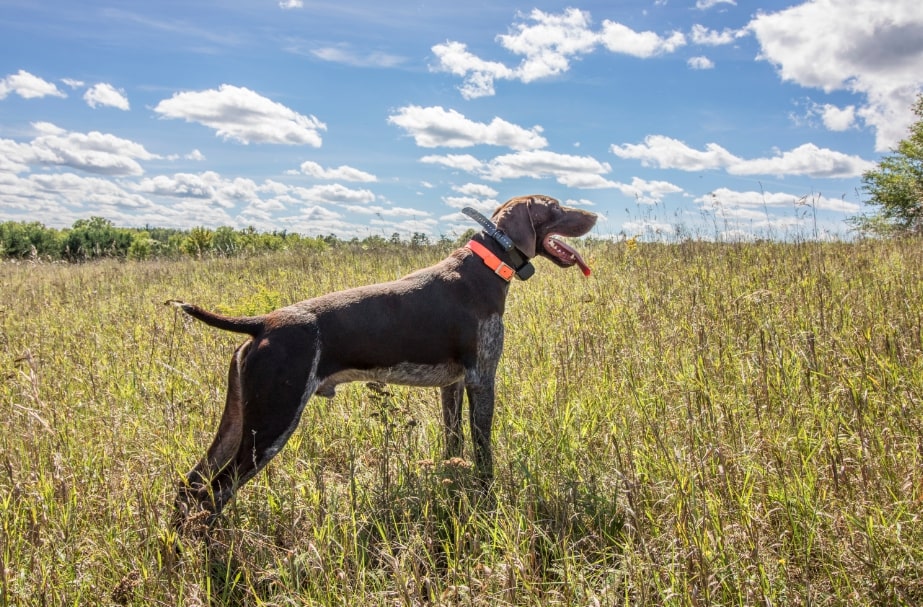
-
Borzoi
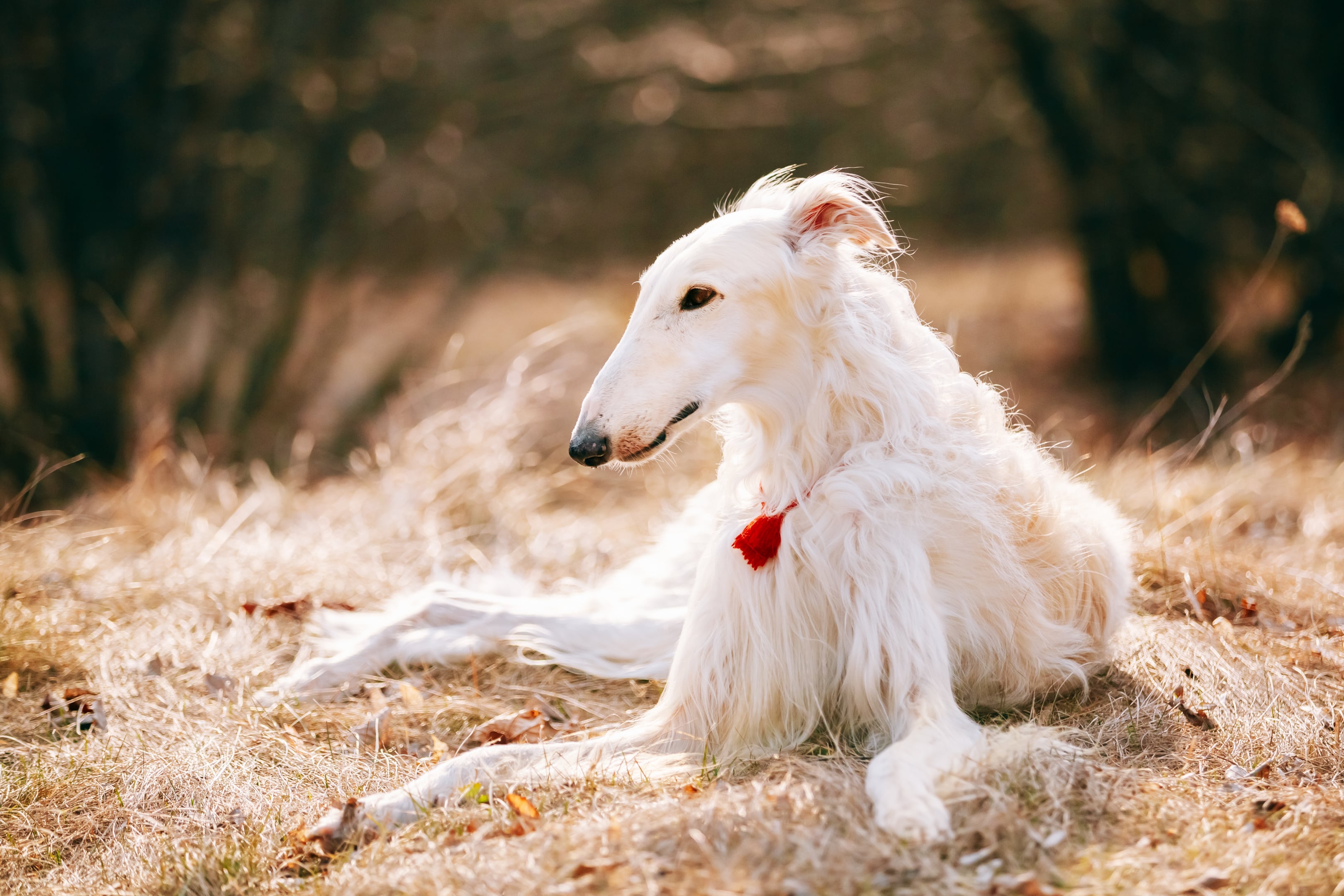
-
Cirneco Dell’Etna
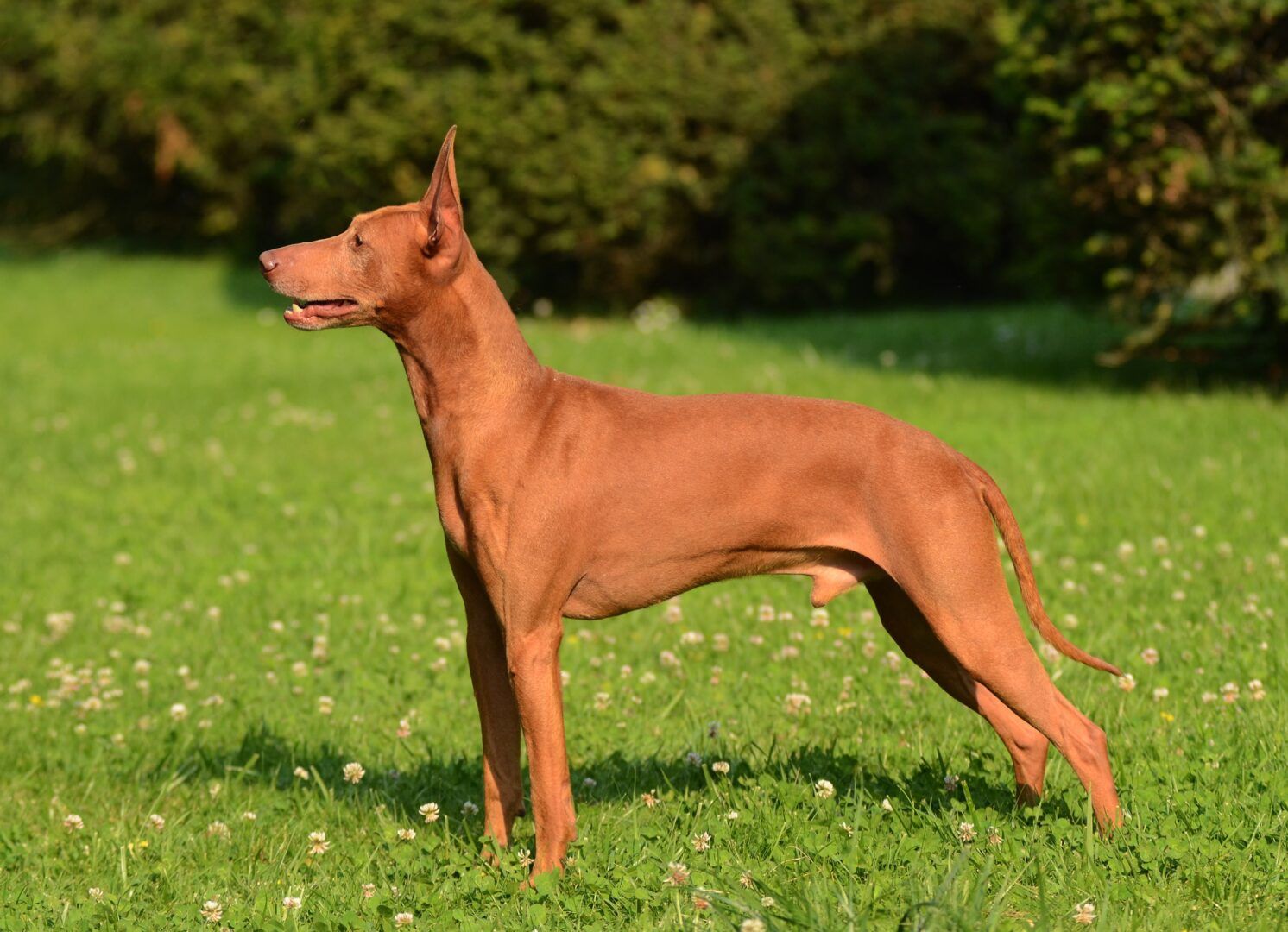
-
Dachshund
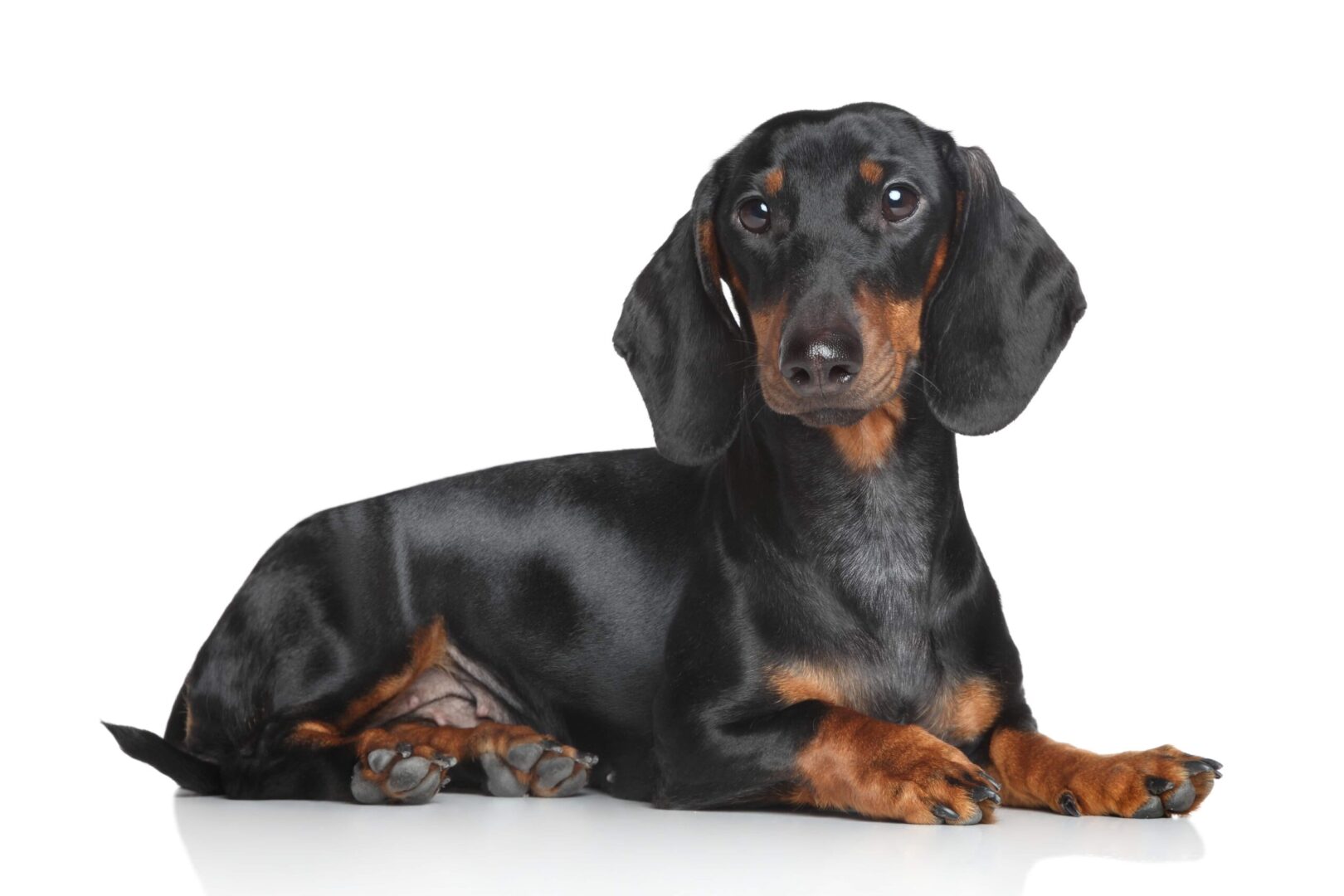
-
English Foxhound

-
Grand Basset Griffon Vendeen
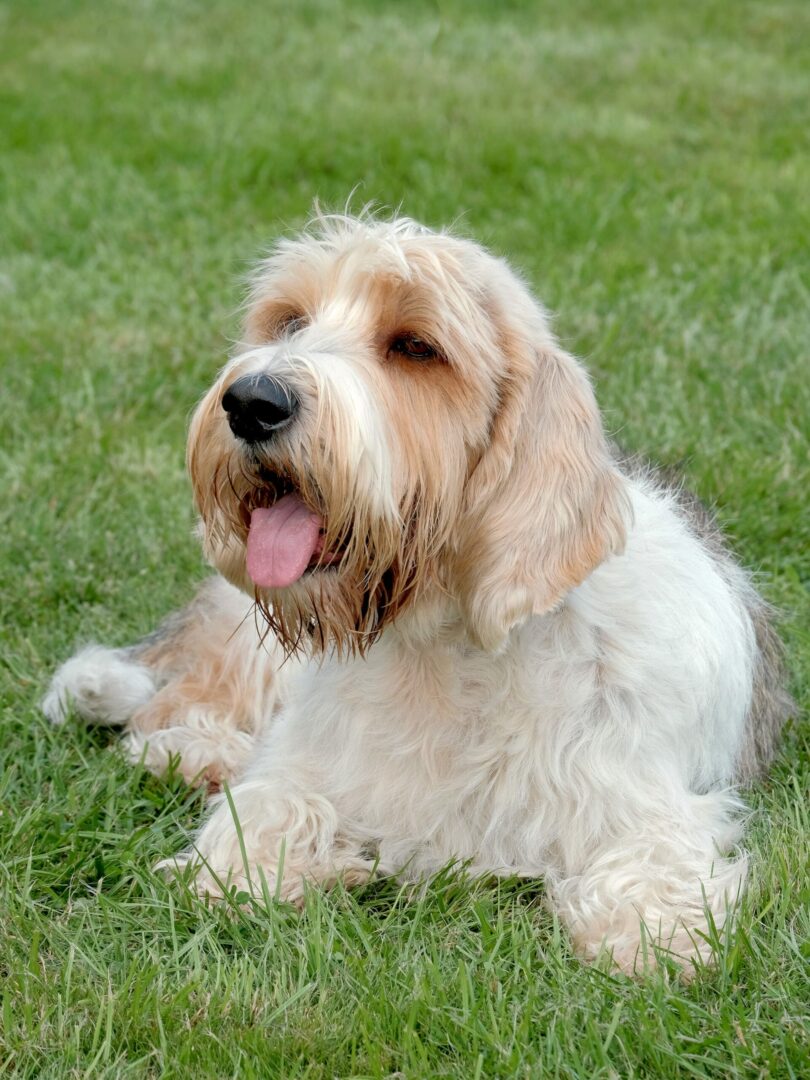
-
Greyhound
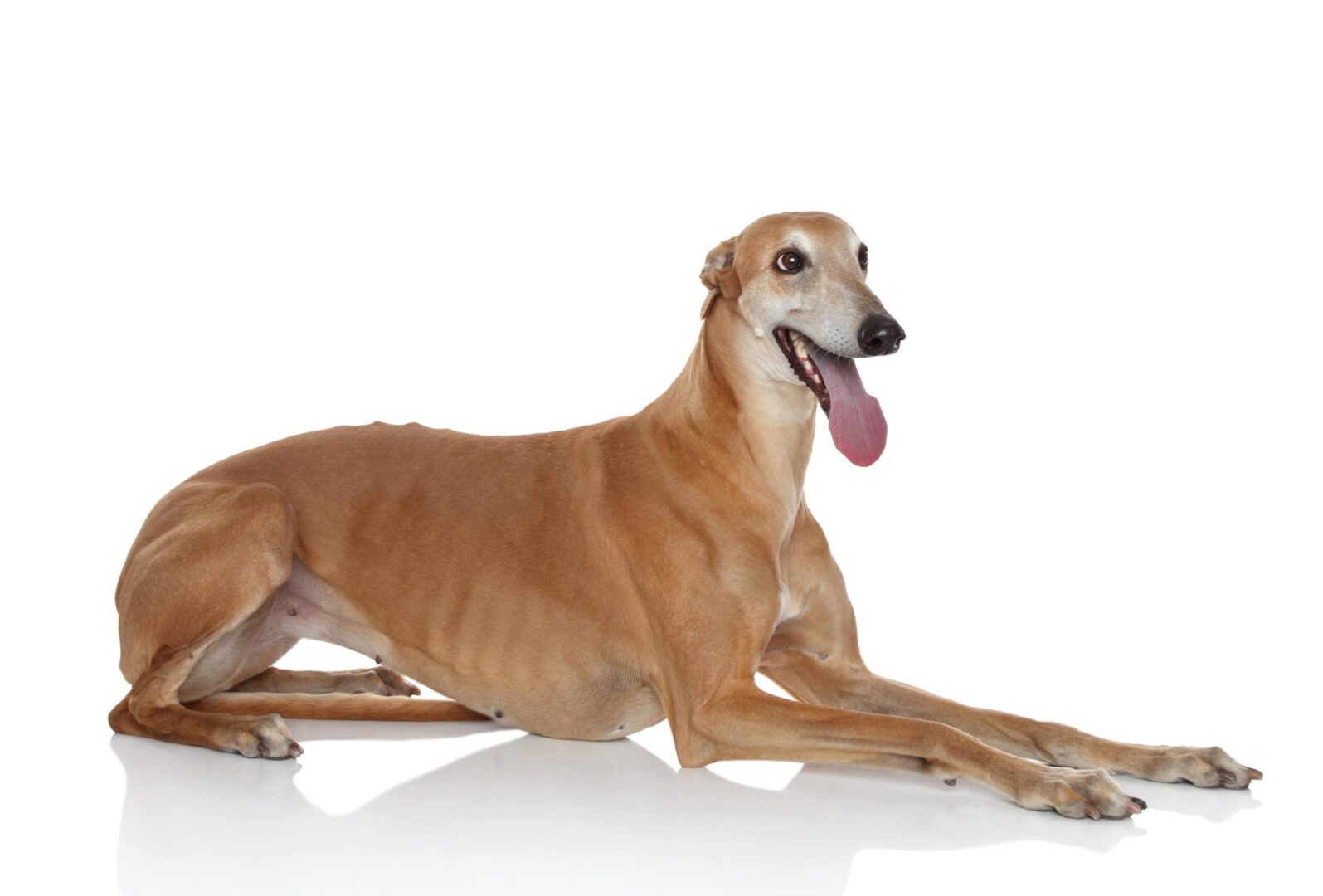
-
Harrier
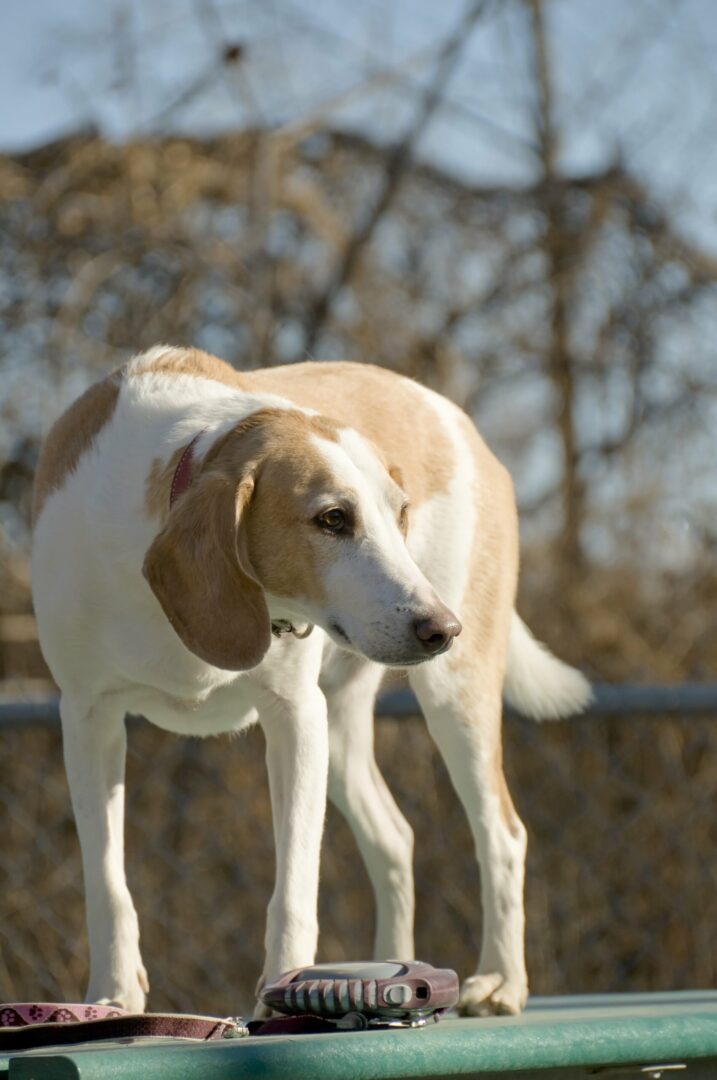
-
Ibizan Hound

-
Irish Wolfhound
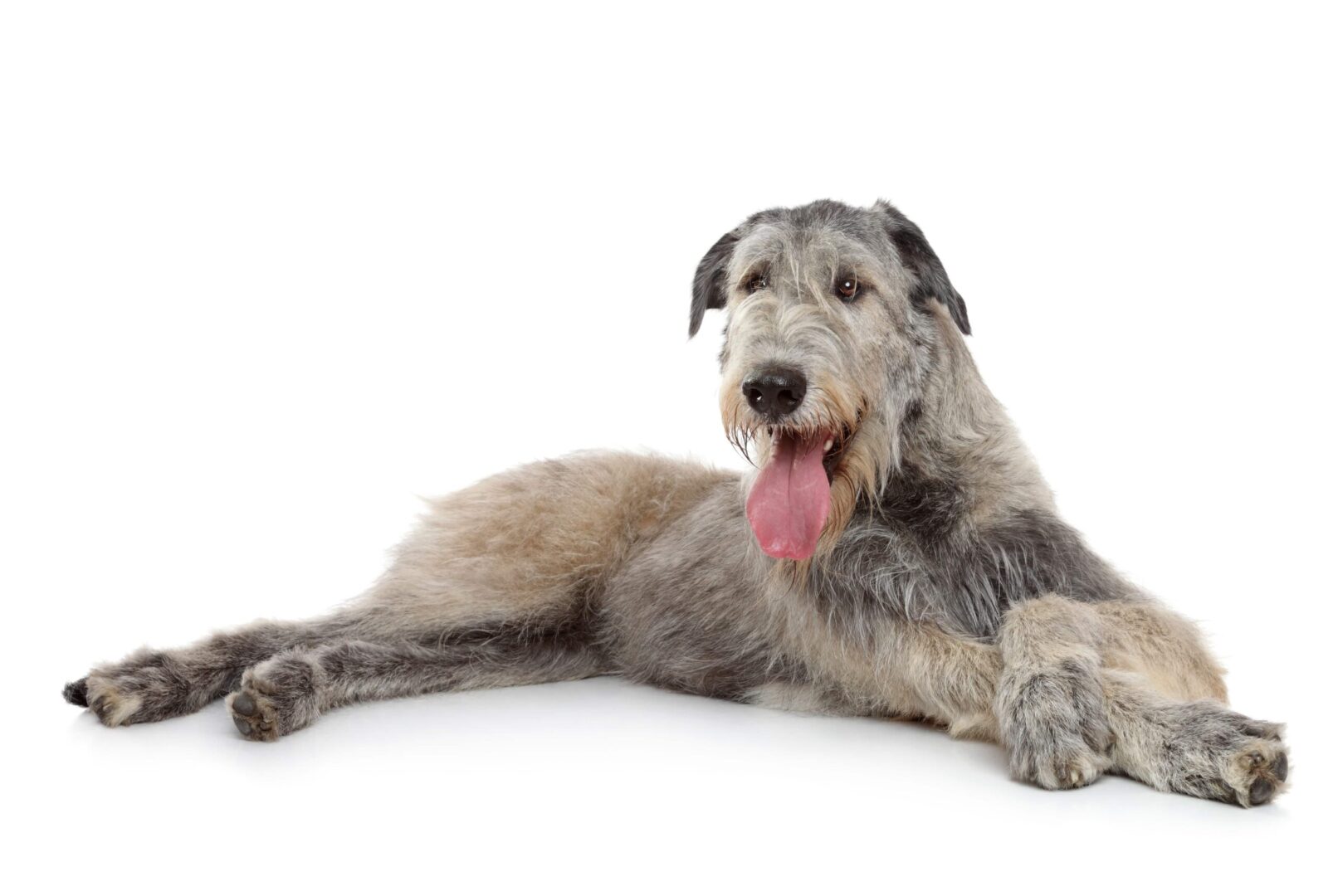
-
Norwegian Elkhound
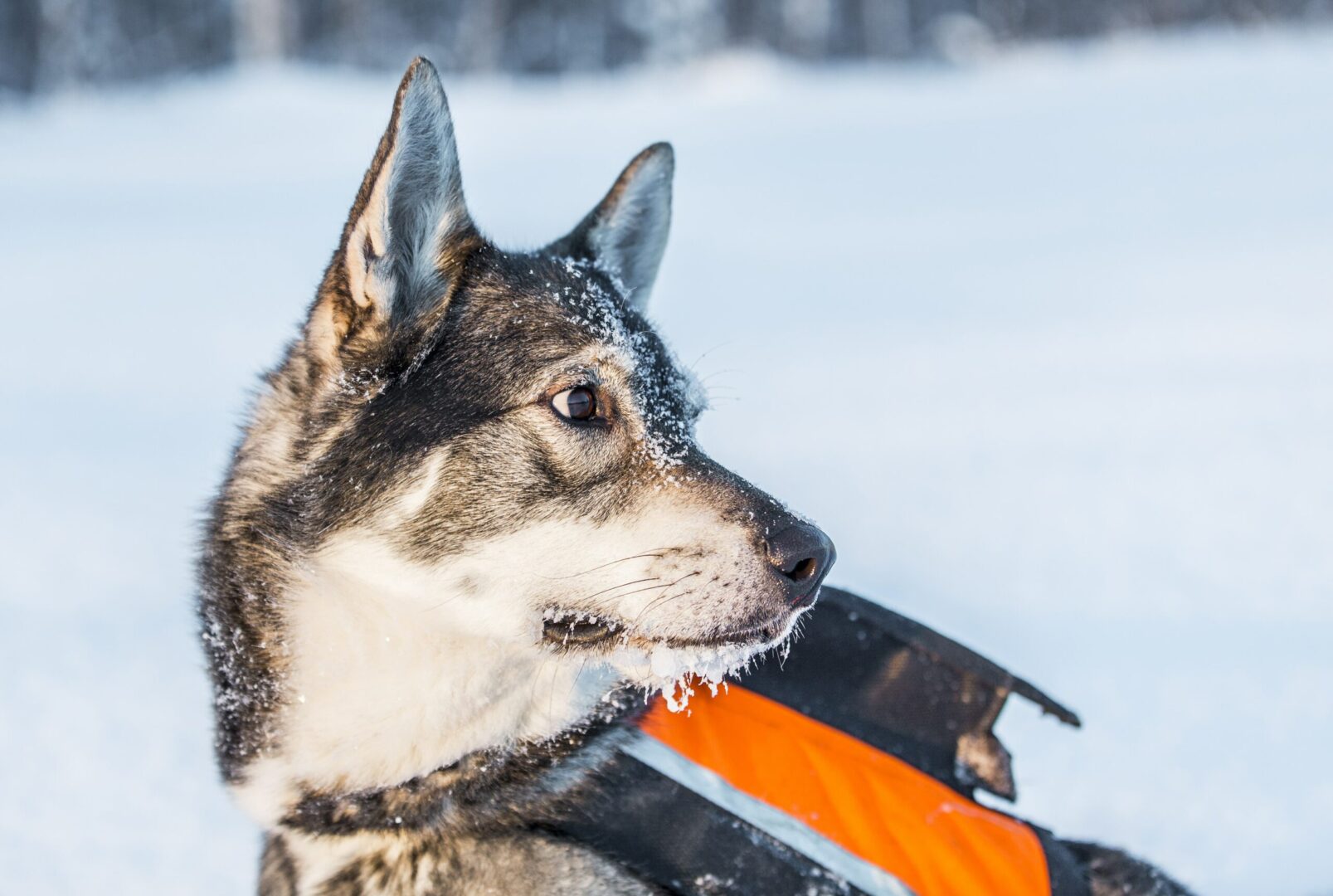
-
Otterhound
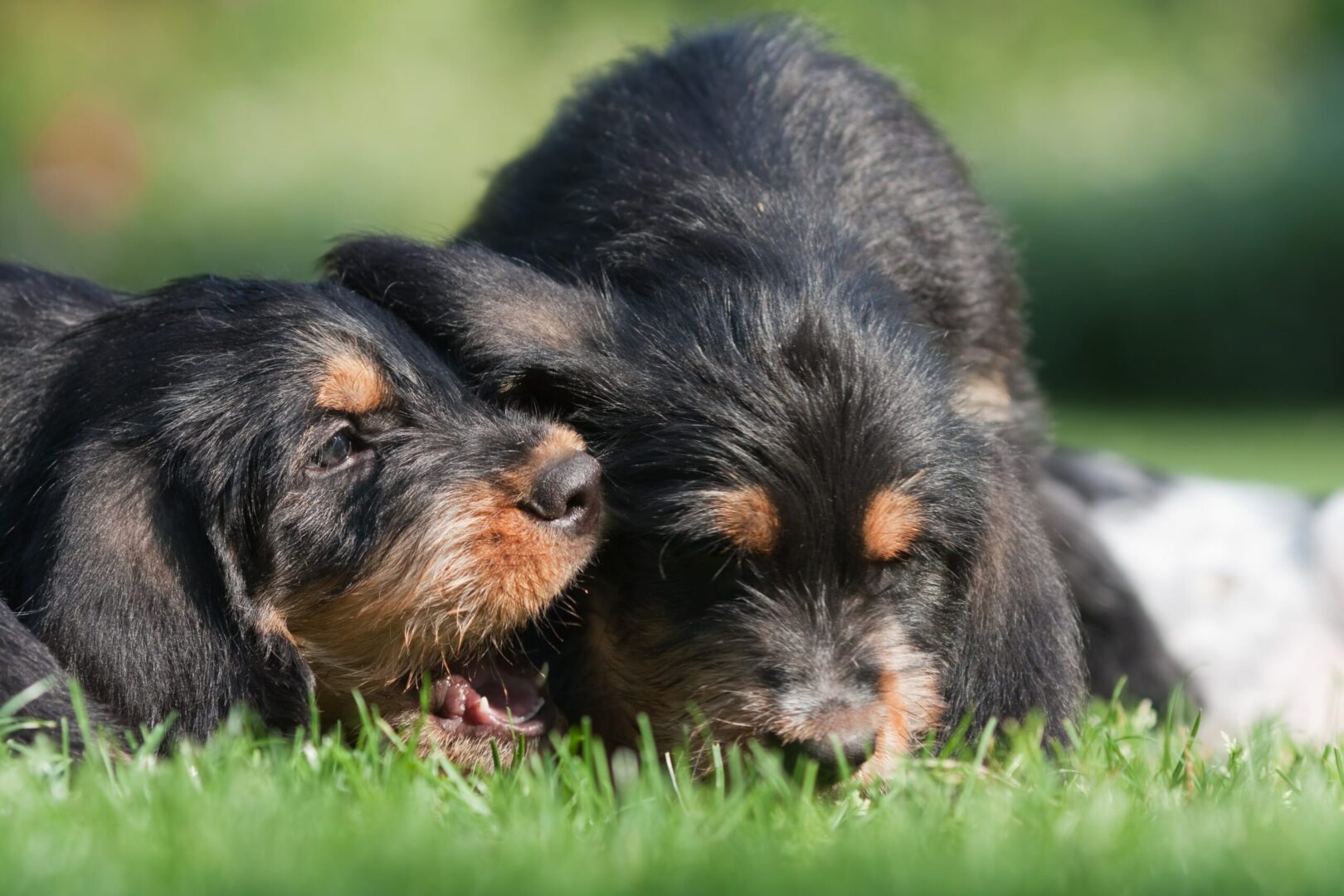
-
Petit Basset Griffon Vendéen
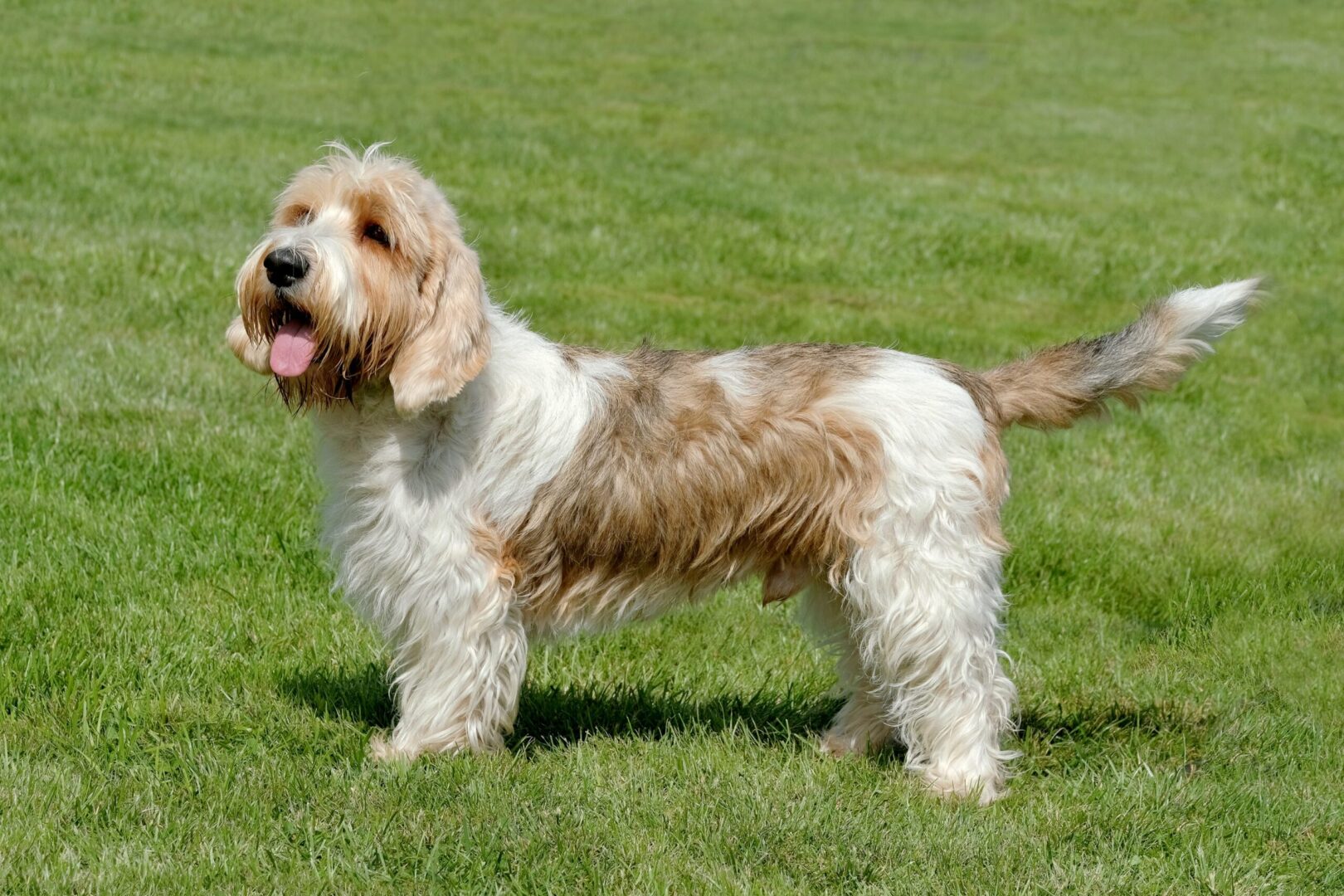
-
Pharaoh Hound

-
Plott Hound
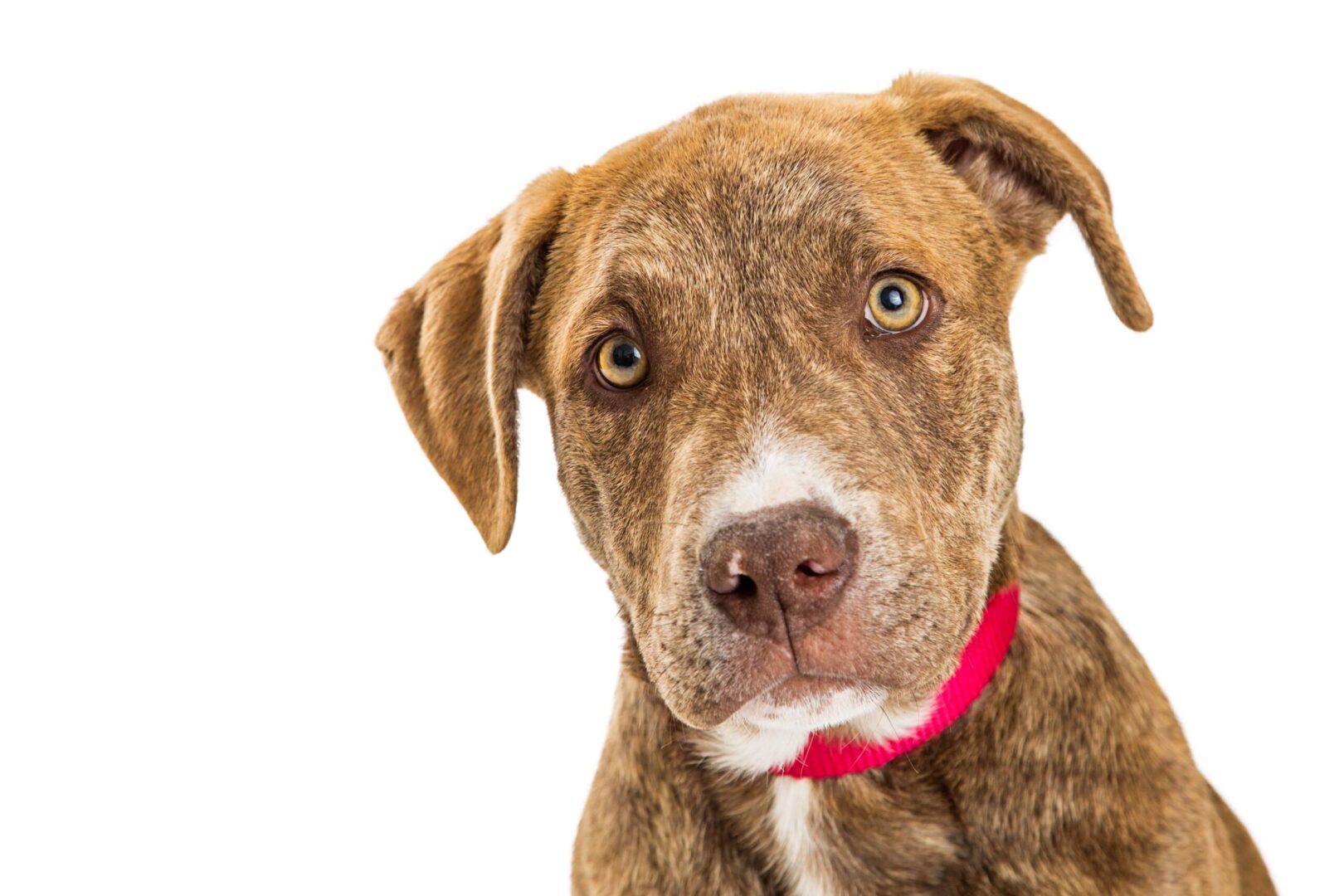
-
Portuguese Podengo Pequeno
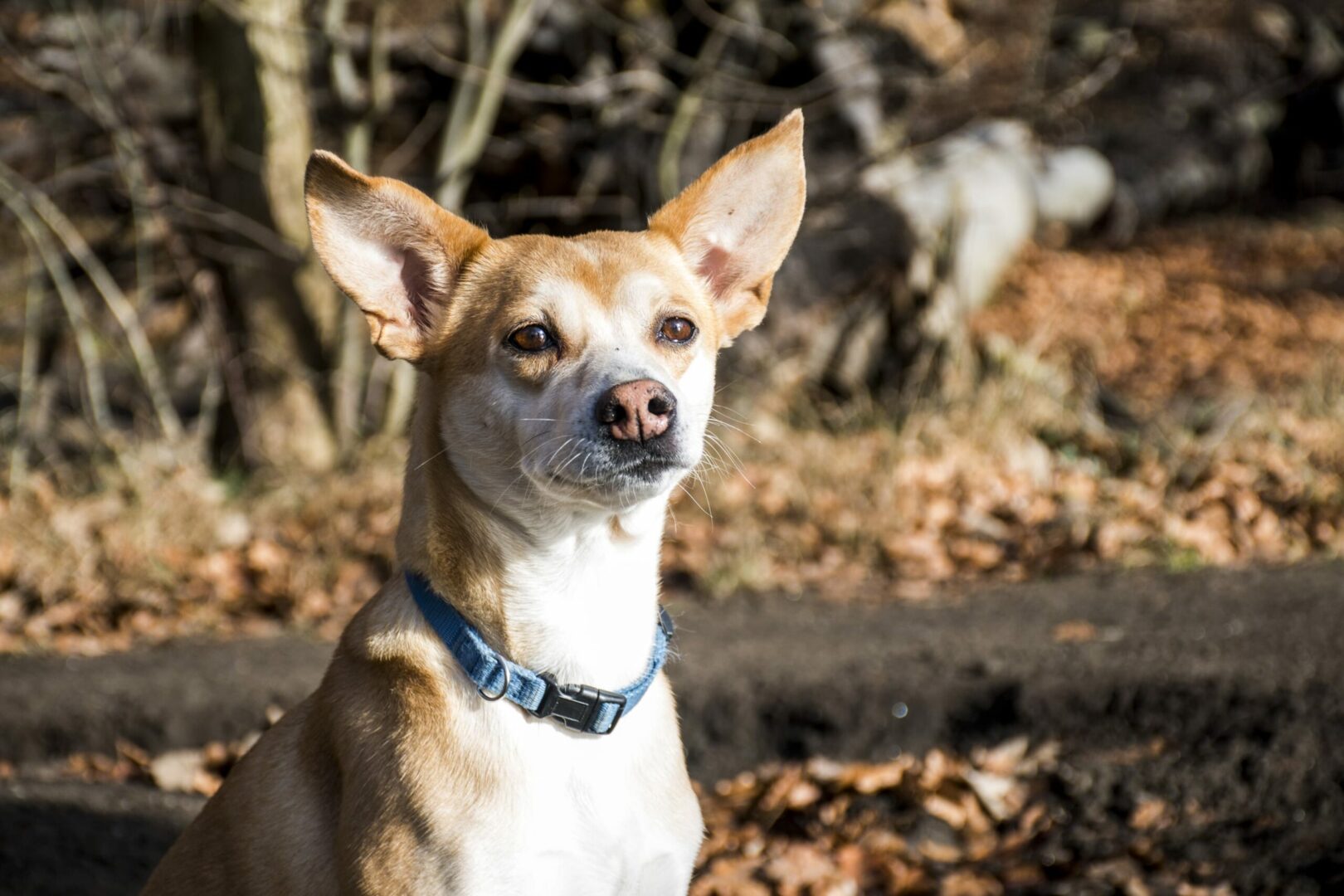
-
Redbone Coonhound

-
Rhodesian Ridgeback

-
Saluki
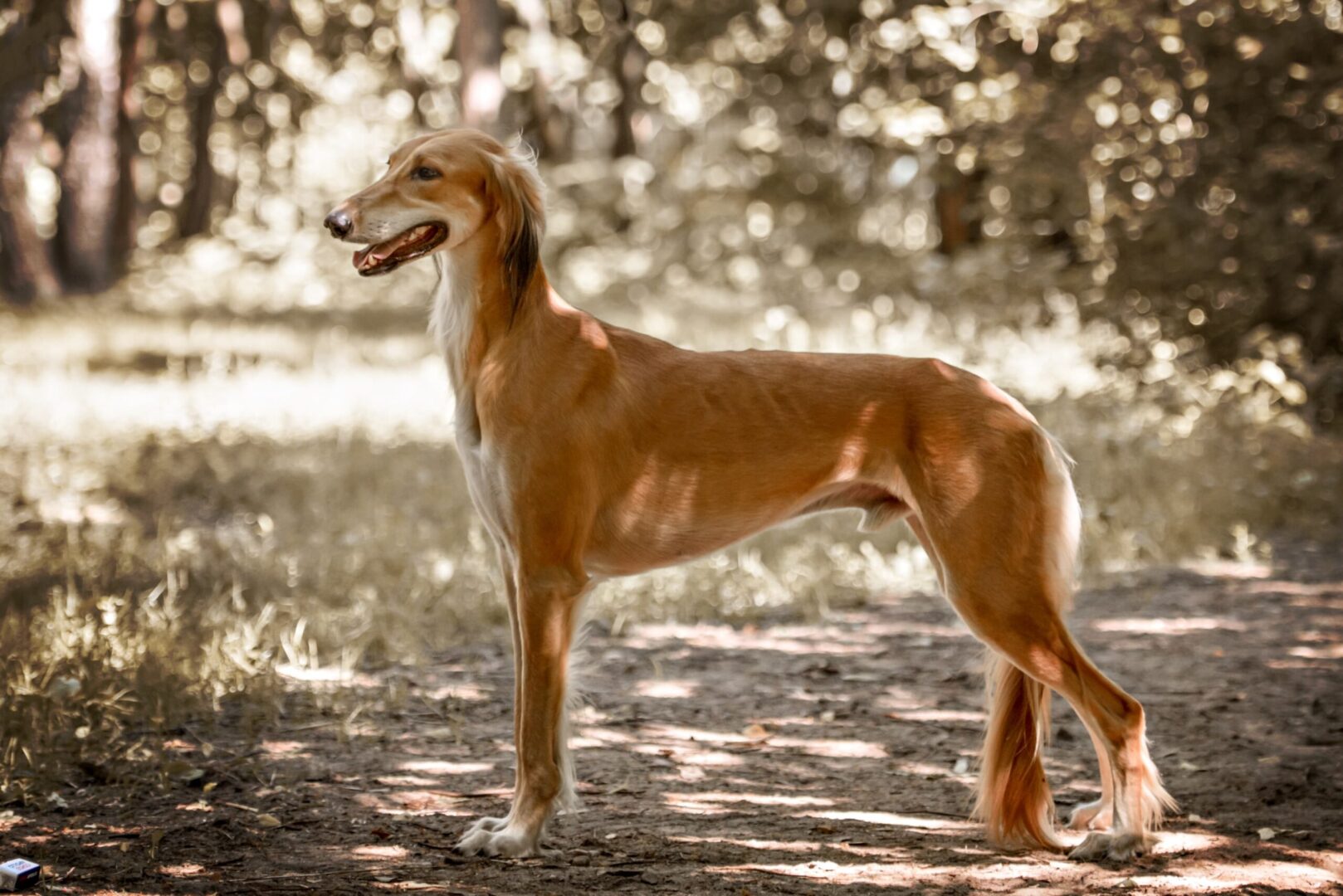
-
Scottish Deerhound

-
Sloughi
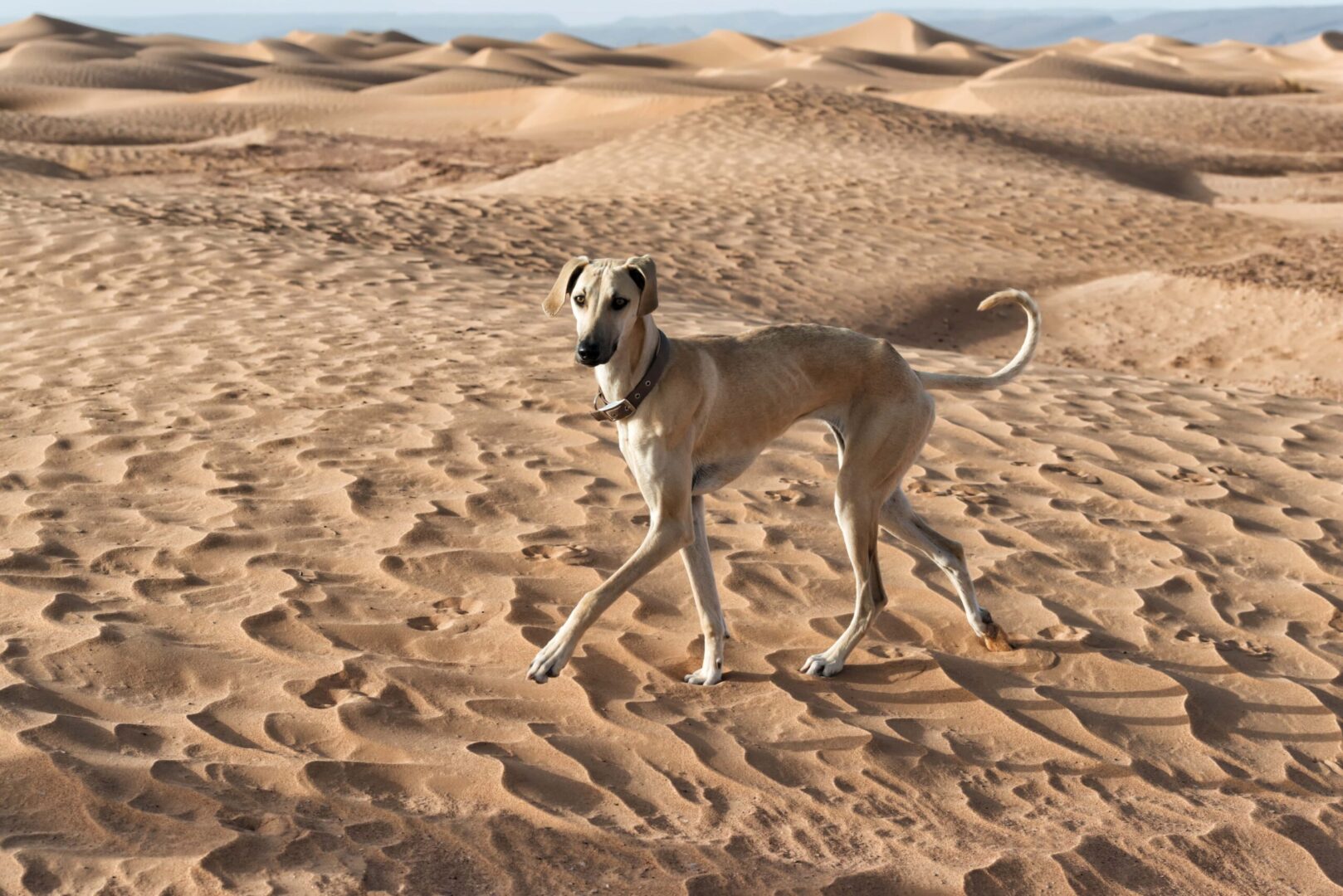
-
Treeing Walker Coonhound
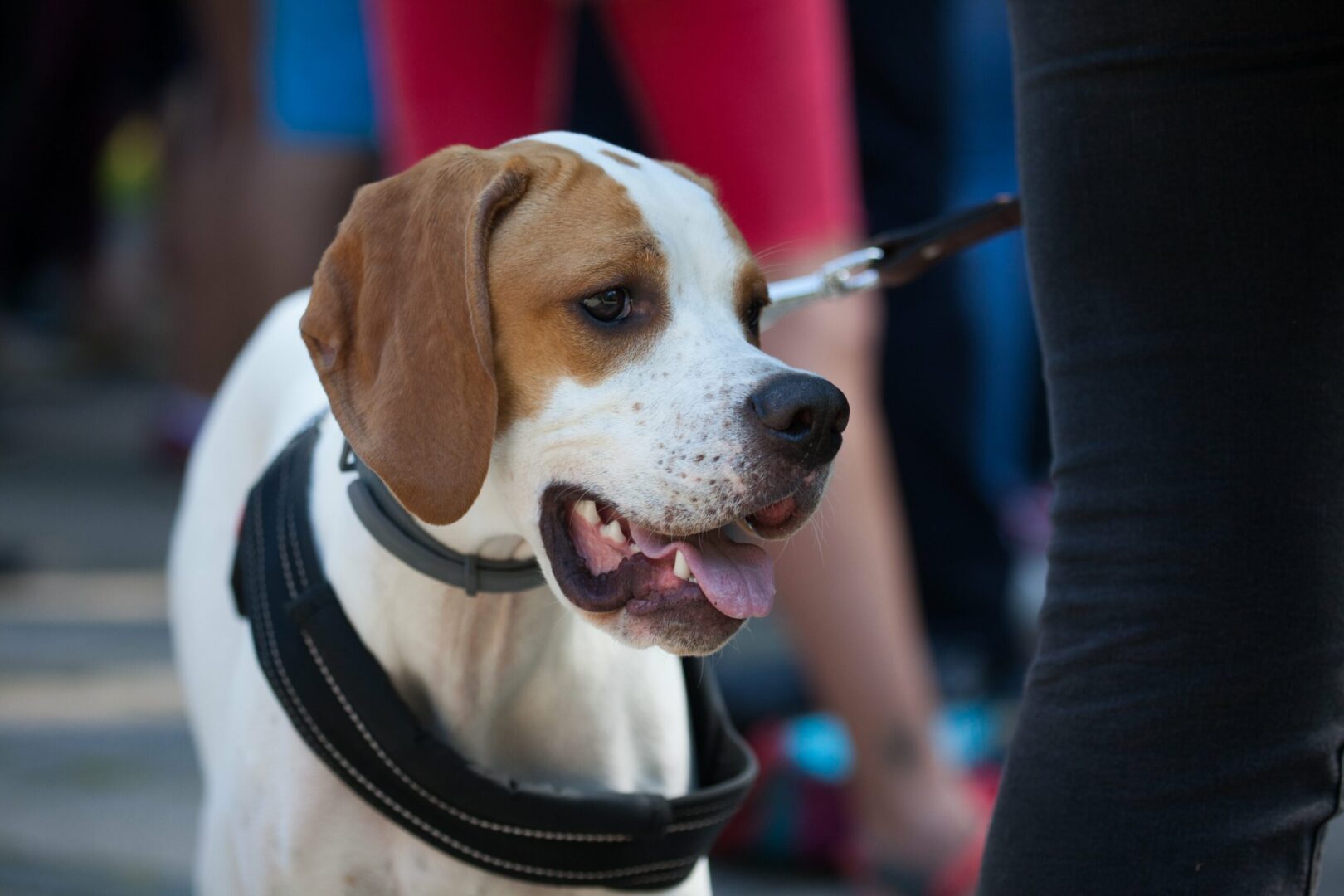
-
Whippet
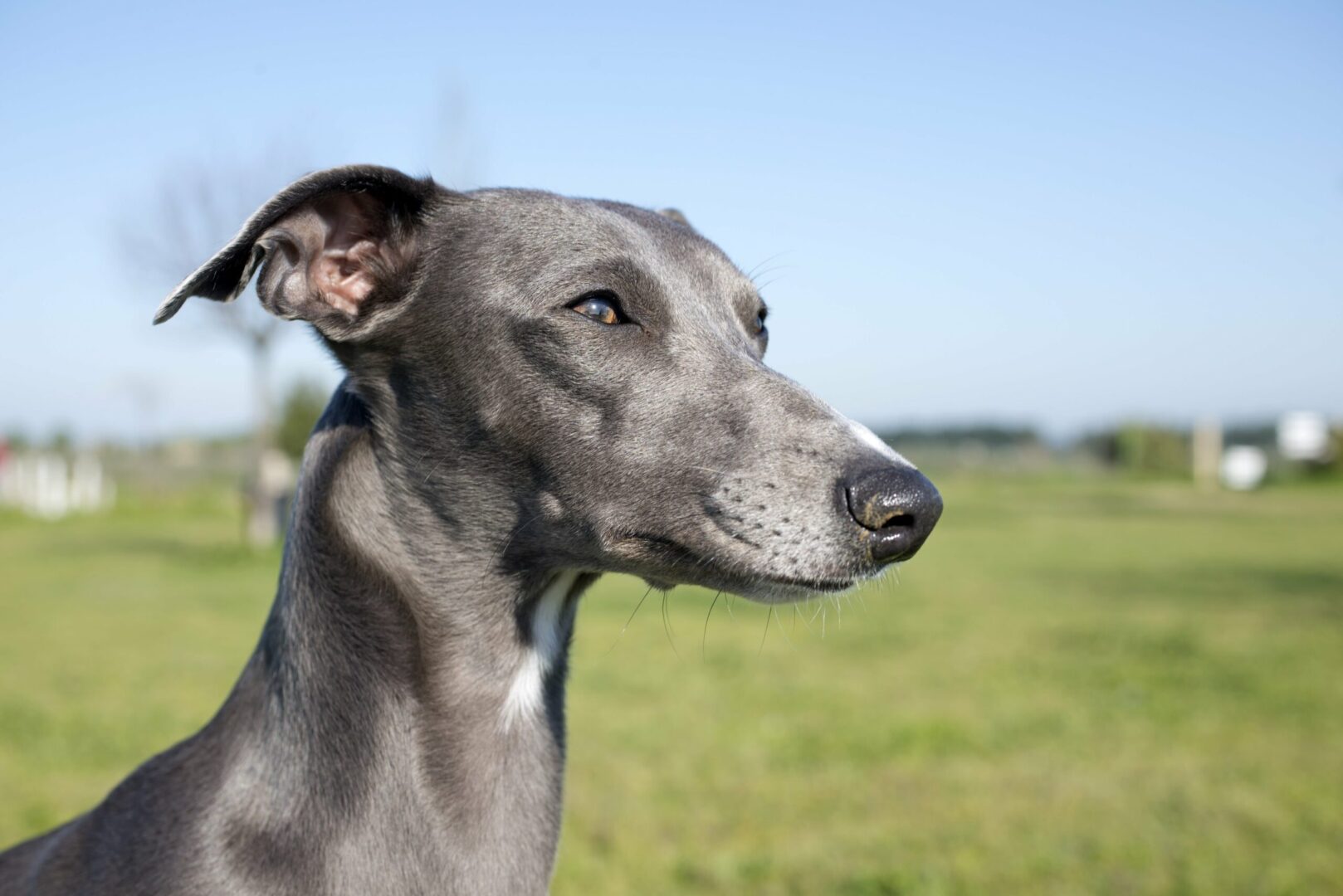
Chances are that many of those names are familiar to you, and just by reading the list it comes as a surprise to think of them in the same grouping. After all, envision your average Bassett Hound with their short legs, slow and even clumsy movement, oversized ears and sad eyes and compare that to the lightning fast, reed-thin Whippet with its ability to rocket across the landscape at up to 35 miles per hour! Clearly, there are huge differences, but is that commonality as hunters that have them in the same Hound Group.
Related Content:
Group Spotlight: The Working Group Dogs and 5 Unique Examples from the Group
32 Dog Breeds Without Many (or Any) Health Issues
25 Longest Lived Dog Breeds (Video)
15 Most Posh Dog Breeds
In fact, one expert has this to say of the traits that the Hound Group shares: “What makes this group of dogs so distinguished from other dogs is their unique strengths; excellent scent recognition, ability to spot an animal far in the distance, and…[natures as] independent creatures that like to decide on their own terms whether or not they will obey a particular command.”
In other words, you can trust them to find and track almost anything, but when it comes to coming when called…well, let’s just say that most of the hounds require owners who are dedicated to early training and persistent training and work throughout their dog’s lifetime. Though their personalities vary widely from the thoroughly disinterest and laid-back breeds to the rambunctious breeds, most will never be able to be fully trusted off-leash outside of unfenced areas or wilderness areas.
And almost all will bay. This is not barking, this is a remarkable sound that must be heard to be understood. It is deeper and throatier than a howl and can be quite eerie and unnerving for some. To others, it is a big and unwelcome noise. And that is why you have to give serious consideration to where you live (and whether or not your neighbors will tolerate baying at almost any time) if you want to adopt a hound.
Of course, this group is utterly unique in one very proven way: all of the breeds are incredibly loyal to their families and/or owners. Most are wonderful with kids and integrate well into family living. You will have to work hard with sight hounds to prevent them from dashing off on the chase, but these breeds are so generally intelligent and loyal, that such tendencies should not be a reason you avoid one of the sight hound breeds.
Yet, as is the case with all groupings, each of the individual dogs has distinct skills or abilities that set them apart. For instance, runners often find that breeds like the American English Coonhound can be ideal running or jogging companions. Some find that their hounds make ideal apartment-dwellers who love hours of cuddle time on a sofa. Still other hound owners know that their dogs have remarkably high intelligence and need to be kept busy doing training and competitive activities all year long.
Of course, there are the hounds that work alongside the authorities, such as Bloodhounds that are able to track children, lost or disoriented people, and even (sadly) sniff out people who have passed away. In fact, the AKC itself says that one of the most popular police or law enforcement breeds is the Bloodhound!
If you review that list above, you probably see lots of familiar breeds, but what about the less familiar? Let’s take some time to look at a handful of these dogs. Not only are they unique in terms of rarity, but also in appearance. As an example, the first we’ll consider (the Cirnecodell’Etna) is a sleek and sinewy dog with lean body, short coat and a runner’s build, while the others, such as the Harrier might easily be confused with a Beagle, or the Portuguese PodengoPequeno hardly looks like it qualifies as a hound at all.
So, if your vision of a hound is the gorgeous and loping Bloodhounds, the sleek and elegant Afghan Hound or even the short and blocky Bassett Hounds, your perspective is about to change! We are about to meet tall and athletic breeds, short and playful fellows, and one “bonus” breed who is so attractive and so rare that we had to include him!
The Cirnecodell’Etna
I once wrote an article about the goofiest dog breeds and cited the CirnecoDell’Etna among them. Why? Because they have faces with a lot of strikingly human characteristics – like a friend who likes to mug for the camera sort of characteristics. I got a lot of blow back from owners and fans who said these are some of the most regal and elegant dogs. I totally agree, but no one is ever going to change my opinion about some of this breeds’ facial expressions!
The AKC calls them “affectionate, friendly and independent”, which is almost a summary of most breeds in the Hound Group. Yet, these dogs have a fascinating history. They are an ancient Sicilian breed that were once used for “coursing” (i.e. chasing prey for sport). They are super athletes and can run at tremendous bursts of speed for some time. Yet today, most are “housedogs” that offer some of the easiest upkeep and care.
The CirnecoDell’Etna gets its name from the famous volcano on the island of Sicily and was considered the perfect dog for hunting rabbit. Interestingly enough, this breed’s rabbit hunting required sight and scent, and many dogs were paired with a specialty partner when out hunting – specially trained ferrets!
The breed was not formally eligible for AKC registration until 2014 and gained eligibility to compete in the Hound Group in 2015. The breed actually only appeared in the U.S. in the mid to late 1990s.

They epitomize the loyalty of Hounds and are also among some of the most mild and gentle of the group. They are often mistaken for or compared to Pharaoh Hounds and have that same delicate beauty. With longer legs and a agile gait, they are used as sight hounds. This means you will have to work with them to train them out of spotting and dashing off after prey. Their general appearance is of alertness, and so you may have to get used to their expressions in order to know when they are just looking around and when they’ve actually spotted something.
The AKC relates one legend about the CirnecoDell’Etna, saying that a temple on the southwestern slope of Mount Etna was dedicated to the God Adranos (a personification of the active volcano) had one thousand of the dogs as guards. Even then it was believed that they had remarkably intelligence and could identify would-be thieves and non-believers approaching; attacking the guilty as they neared the holy site! The breed even appeared on Sicilian coins dating to the fifth through second centuries BCE.
Yet, experts say that it is one of the most responsive of all hounds and is amenable and responsive to training in a way that few other hounds demonstrate. It is mentally active, and that means it requires a lot of daily interaction with fellow dogs or a human family if it is to be happy and well-behaved. This breed is known to excel in agility, tracking, obedience and rally training as well as hunting, and many dogs seem to really love lure coursing.
Does this mean that they cannot live with smaller animals such as cats or rabbits? Actually, many can be trained (if training is done in puppyhood) to get along and cease to view fellow house pets as prey! They respond best to positive reinforcement and should be socialized and in active training by roughly eight to twelve weeks.
They have a gorgeous coat that is almost maintenance free and comes in a light tan to pale chestnut hue that looks amazing against the amber color of their eyes. They are not large dogs and stand from 16.5” to 19.5” at the shoulder and weigh in at around 17 to 22 pounds. They can have waxy buildup in their ears, so this may need a bit of attention on a weekly basis.
Other than that, the CirnecoDell’Etna is a wonderfully easy dog to own and live with. They are smart, gentle and beautiful, but you may have trouble convincing others that this is a “hound” of any kind!
The Harrier
Don’t let the name fool you, the Harrier is not a long coated or heavily shedding (i.e. hairier) breed. In an article about the 32 breeds with the least amount of health issues, I noted the Harrier for its sturdiness and lack of significant or common health problems. I referred to it as “low maintenance” and that is precisely what this breed is – a no fuss hound.
The AKC says they are “friendly, outgoing, and people-oriented” and they may often be mistaken as an oversized Beagle or mis-identified as a sort of English Foxhound of some sort or other. Yet, they are distinct in appearance from those other breeds. They have a larger and broader face with charmingly floppy ears. They are usually quite muscular in appearance and have a noticeably sturdy look. I love how the AKC describes their builds as “Somewhat resembling a Beagle with a gym membership,” but also noting their irresistibly sweet faces.
The Harriers are not large, but they are not very little either. Standing around 19 to 21 inches at the shoulder, they weight between 45 and 60 pounds. They are light on their feet and noted for being swift and prey-driven dogs. They work well in packs, and their origins were as “hare hounds” in the Middle Ages in England (which is where they get their name). In fact, they have a very traceable history with the first pack being noted as appearing in Penistone, England under the ownership of a Sir Elias de Midhope.
Their origins are thought to be in older lines of Foxhounds, Norman Harier and Saxon raches hounds. Yet, they are also noted as a breed that has been in the United States since the early years of the Colonial times. They are considered one of the rarest breeds in the AKC and they
Perhaps this is why they are also some of the most eager to please of the hounds, allowing them to be trained with a bit more ease than others in the Hound Group. Yes, you will want to work with them from very early in life, and get them socialized early, too. They require ongoing and consistent training by someone familiar with the tendencies of a scent hound because they can have that common stubborn streak and independence of spirit.
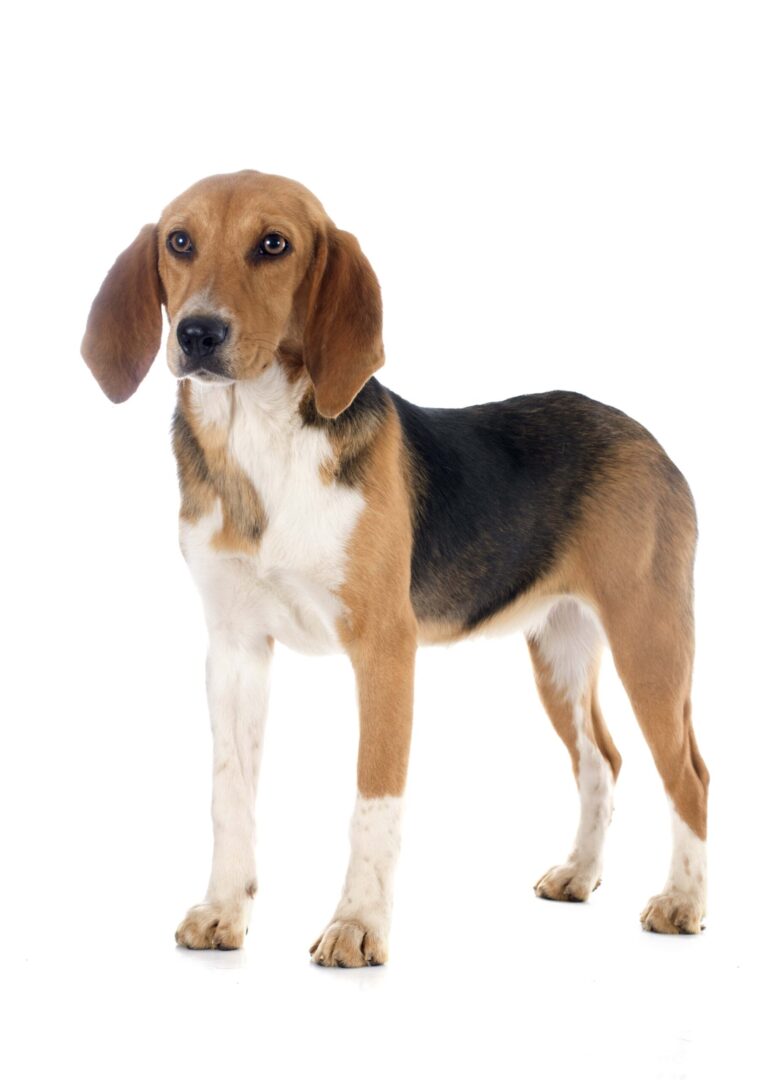
It helps if they are exercised every day and for at least an hour at a time. After all, the bored Harrier is often the destructive Harrier, and simply giving them physical and mental stimulation is enough to keep them satisfied. Like other hounds, they must not be kept outdoors and instead must reside inside with the family where they can interact and be part of the “pack”. They cannot be off leash outside of a securely fenced yard, even if well trained, because it is nearly impossible to train them out of scenting behaviors.
They do very well with coursing, rally and tracking training, and get along find in a household with small pets – but only if trained from puppyhood how to live with them. They are fine with kids of all ages and are gentle natured and calm companions.
They have really glossy coats with almost no maintenance needed, though a weekly brushing keeps them in top shape. They may need a monthly bath to keep that wet dog odor to a minimum, and their floppy ears can be prone to buildup, so weekly cleanings are a good idea.
With their calm nature, sweet faces and sturdy build, the Harrier is a wonderful dog from the Hound Group. They are rare, but good breeders can be found through the AKC. The breed is not known for a lot of health issues, but always be sure you get testing on hips and eyes as well as learning about the parents. Long living and robust, they can be a perfect companion or family dog!
The Portuguese Podengo Pequeno
The Portuguese PodengoPequeno is actually one of three Podengo breeds coming out of Portugal. The Pequeno is the smallest and stands from 8-12 inches at the shoulder and typically weighs less than 15 pounds. When I wrote about dogs with the longest life spans Portuguese PodengoPequeno made the list because its average age is a shocking 18 years!
Yet, many are surprised that it is a hound because of its diminutive size. However, it is a well-known rabbit hunter with a long history dating back thousands of years. As the AKC explains, “It’s thought that their ancestors were brought to Portugal in antiquity by successive waves of Phoenician, Roman, and Moorish traders and invaders. This breeding stock was adapted by the Portuguese to hunt rabbits in the craggy Iberian countryside.”
They are pack hunters and it may be odd to envision a large group of such little dogs bounding over the terrain, they were known to be remarkably good at chasing rabbits from their hutches and running them down once out in the open. Today, they are not known for ferocity, but are instead described in terms such as “playful, charming and lively”. They are ideal house dogs with a high level of intelligence and a keen ability to also serve as watchdogs.
This breed is remarkably loyal to its family and is great even with younger children. The key is to socialize and train very early, particularly if you intend to keep smaller house pets in the same setting. They do need a lot of exercise each day, such as a long and brisk walk or jog. However, they have to be taught such commands as heeling from their earliest days or else they can take it into their heads that they are the leaders and not the humans with whom they live.
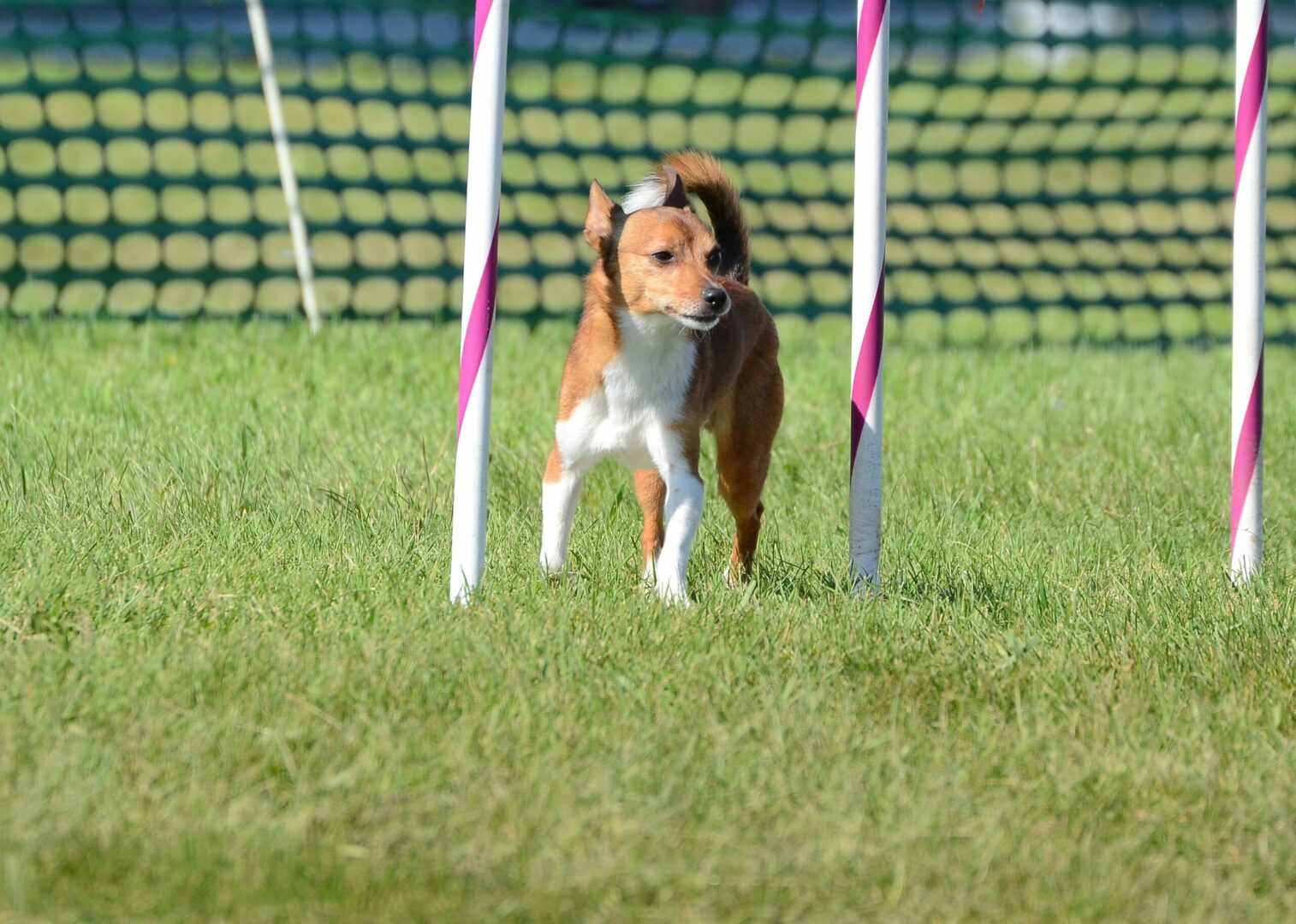
However, they are not known to be at all stubborn or difficult, and with their cheerful dispositions, high energy, playful but kindly spirits, they make excellent companions.
The Portuguese PodengoPequeno is found in almost every color, ranging from black to yellow and everything in between. They may have wiry hair or a smooth coat, and neither requires a lot of upkeep. Regular brushing and combing is needed for the longer wire coated varieties, and monthly baths are a must. They do not need any sort of grooming or trimming, but you will want to pay attention to dental care. Though all dogs should have regular toothbrushing, any smaller dogs can be prone to dental issues, and the Portuguese PodengoPequeno is no exception. Train them early to endure a once or twice weekly dental routine and you ensure optimal health.
And just as I have been explaining for the other hounds, this one must never go off-leash, either. A well secured yard with fencing is suitable for exercising these dogs, but never allow them to be off-leash in open places without fencing. They are faster than you might imagine and react instinctively (even with training) to prey. Use positive reinforcement when training and give them the physical and mental satisfaction that the breed enjoys through sports and agility sessions.
Remarkably healthy, you want to double check the hips and patella as well as the eyes of the pups and the parents. Good breeders will be well aware of this and offer up that information when you inquire. They are not prone to genetic issues, which is one reason for their remarkably long life spans.
Super smart, energetic, cheerful and even comedic, the Portuguese PodengoPequeno does well in an apartment or a house and thrives in a family setting as easily as it does one-on-one. The key is to train and to keep this breed busy and active, and you’ll have many long years together.
Saluki
Thus far, we’ve looked at the speedy medium-sized hound, the classic-looking hunting hound, and a diminutive little dog that offers hound qualities in a small package. Now, we turn our attention to what is easily one of the most elegant and posh-looking hounds of them all – the Saluki.
Even the name of this gorgeous breed speaks of elegance, and the AKC agrees, calling these dogs “gentle, dignified and independent-minded”. I first learned of them when writing about posh dogs and discovered that the Saluki are among the oldest breeds in the world. They have a history stretching back roughly ten thousand years and are also often called Persian Greyhounds. They were known to exist in Ancient Egypt and were spoken of in the period when Alexander the Great was making is way throughout the region. They were often mummified and kept with ancient Pharaohs in their treasure-laden tombs.
Back then, they were used to track and bring down land animals as swift and challenging as gazelle and antelope and are surprisingly robust in the face of their rather delicate and “aristocratic” appearances. They can run at speeds of up to 40 miles per hour and they have a very high prey drive.
They have a lot about them that is reminiscent of Greyhounds, including a very delicate and slim build. They have those deep chests that dip up to the slim bellies and narrow hips as well as the long limbs and a graceful neck topped with an equally graceful head. Their extended snouts and graceful lines tell you they are fast even when they are at rest, and they were once held only by kings and royals for their remarkable sight hunting capabilities.
Males are much larger and stand at roughly 23 to 28 inches at the shoulder and weigh around 40-65 pounds. They live from ten to 17 years and come in a surprising array of colors from black to white or silver to multi-colored.
Today, though, they are not as often used for hunting and must be very carefully and consistently trained to overcome their prey drives. After all, they are independently minded fellows that can be cued to chase by cars as much as by smaller animals. They can become so fixated that they ignore commands from their owners, and because of this, they are not to be off-leash whenever outside of securely fenced in areas. They can leap, so do not kid yourself that the children’s baseball field has a fence high enough to retain a Saluki running at full speed!
The Saluki breed was accepted into the AKC in the late 1920s and they are a very popular variety of hound. They are also one of the breeds without many health issues. In fact, they have no known genetically inherited issues. There are some in the breed that develop rare cancers and some heart issues, but these are not passed on from parents. They should be evaluated for both thyroid and heart issues and kept very busy throughout puppyhood and into their adult years.
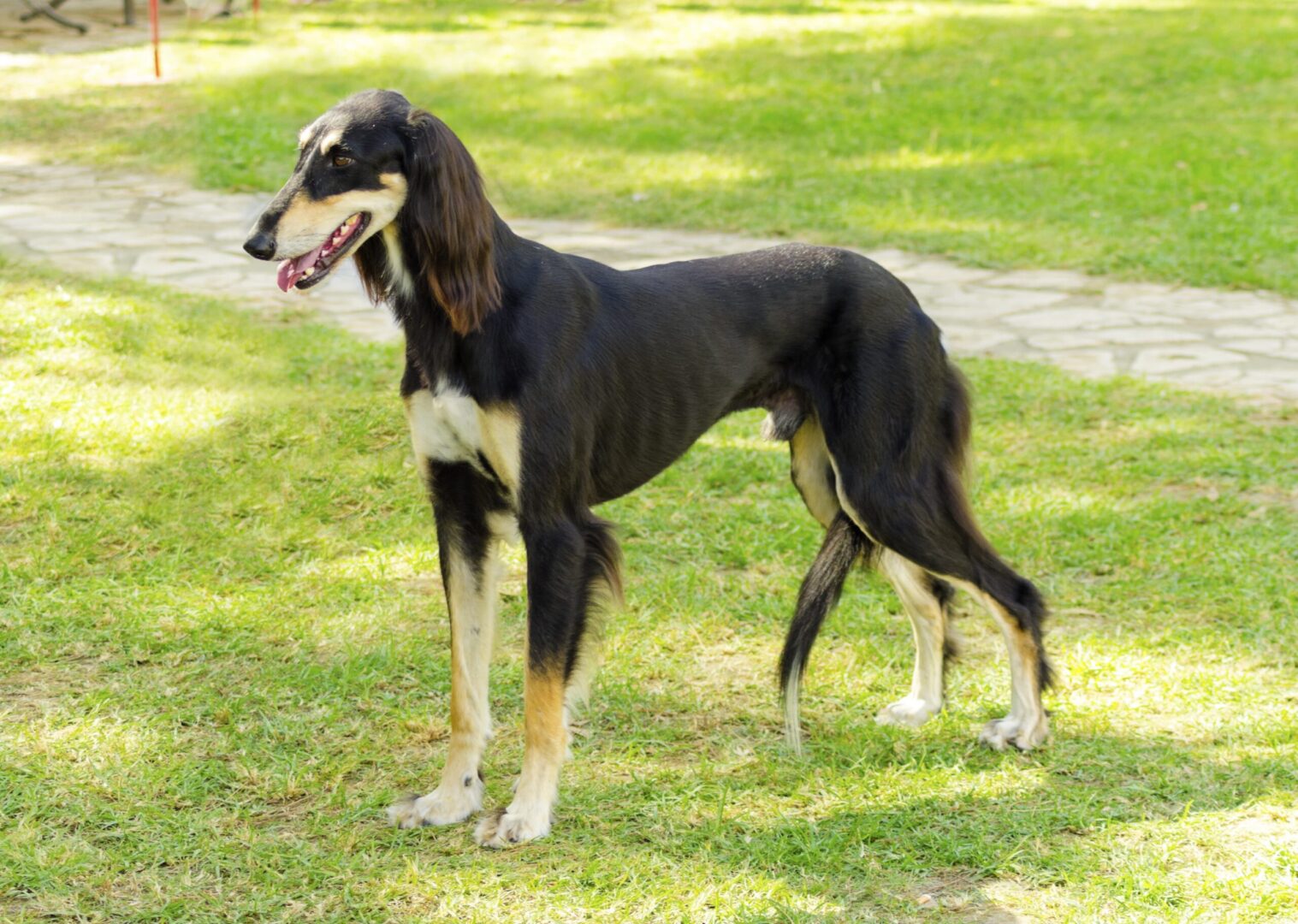
They should not be exercised immediately after eating, however, as they can suffer gastric torsion. Regular walks and daily runs (on a leash) are ideal, though. A bored or frustrated Saluki can become a master of escape, and so you must not leave them unattended, even in a fenced yard. They respond well to training when it is done early and through positive reinforcement. They are wonderful with lure coursing, agility training and flyball training. They should undergo obedience training for proper socialization, and they may not be a good fit for a home with smaller pets (i.e. cats or rabbits) as it is very difficult to train away their sight hunting instinct.
Yet, this breed loves kids and adapts easily to family life. They can live in almost any setting or climate, so apartment dwellers may find them a good fit. Grooming depends on the coat and you can find Salukis with smooth or feathered coats. Both need weekly brushing and attention must be given to their feathered ears. The breed is very clean and odor free, so baths are needed only if the dog makes its way into mud or muck.
Friendly, smart, gentle and elegant, these are dogs for experienced owners. However, they are so appealing and fascinating that they are well worth the time required to train them properly.
If you are interested in the good looks of the Saluki, you might also find another unique hound known as the Sloughi appealing, too. This is the “Arabian Greyhound” and is another of the super-fast and leggy coursing hounds of the ancient world. More localized to the Northern African desert regions, it is a sight hound that is more “reserved, graceful and noble”. It is wonderful with its family but less friendly to strangers, opting to remain a bit standoffish. Larger than the Saluki, they are from 24 to 29 inches at the shoulder and can weigh up to 50 pounds.
Available in many colors, including pale sand to deep red and fawn, they are often described as melancholier in appearance than other, similar breeds. They are far less common than Saluki dogs and can trace ancestry back to dogs that worked alongside desert nomads. Today, pups need a lot of socialization and training to help them overcome the strongest prey-driven urges. They do well with positive reinforcement only and are a breed for experienced owners. However, if you like the more elegant and substantially sized hounds, the Sloughi may be an ideal choice.
Treeing Walker Coonhound
Noted by the AKC as a breed that is “smart, brave and courteous,” the Treeing Walker Coonhound has all of the hallmarks of classic hunting hounds. A pointer-like silhouette, long ears, sturdy legs and a noble expression make this breed a beauty to behold. It is so appealing that the AKC explains it as “The People’s Choice” of hounds and though called a “walker” it is a great runner able to cover lots of territory in a short amount of time.
With its classic tri-color count and familiar build, it is easily identified as a hound, yet it has a wonderful good nature and is just as happy when relaxing with its humans as it is when out on the trails. This breed’s name lets you know it is a bit different from some of the other hounds we have considered. After all, it is a “Treeing” dog, meaning it is a scent hound that then forces its quarry up into the trees. And whether raccoon, opossum or anything else, this breed is able to do its job and wait for its human to arrive without losing interest or letting prey escape.
Its history extends into the 1700s, when the breed was developed by Thomas Walker. The term “coonhound” is used to explain the breed’s capabilities in treeing prey, though this breed is descended from the more classic English Foxhounds. A bit lighter and faster than the Foxhounds, the Treeing Walker Coonhound are also one of the few breeds of hounds that remains actively involved in its original activities – hunting raccoons and opossum.
Yet, according to most experts, they are “exceptional family dogs for those with active lifestyles.” They are fantastic with kids of any age and will eagerly engage in play of any kind with them. However, they are one of the most difficult breeds to train to ignore or avoid smaller pets. Their prey drive is so high that a house cat or smaller house pet is unlikely to remain safe if there is a Treeing Walker Coonhound in the home.
Does this mean they are difficult to train? Not at all. In fact, they are among the easiest and are noted as an ideal dog for a first-time hound owner. Yet, their need for daily activity and training cannot be ignored. They are endurance dogs bred to do a lot of physical activity, and they have loads of energy reserved at most times.
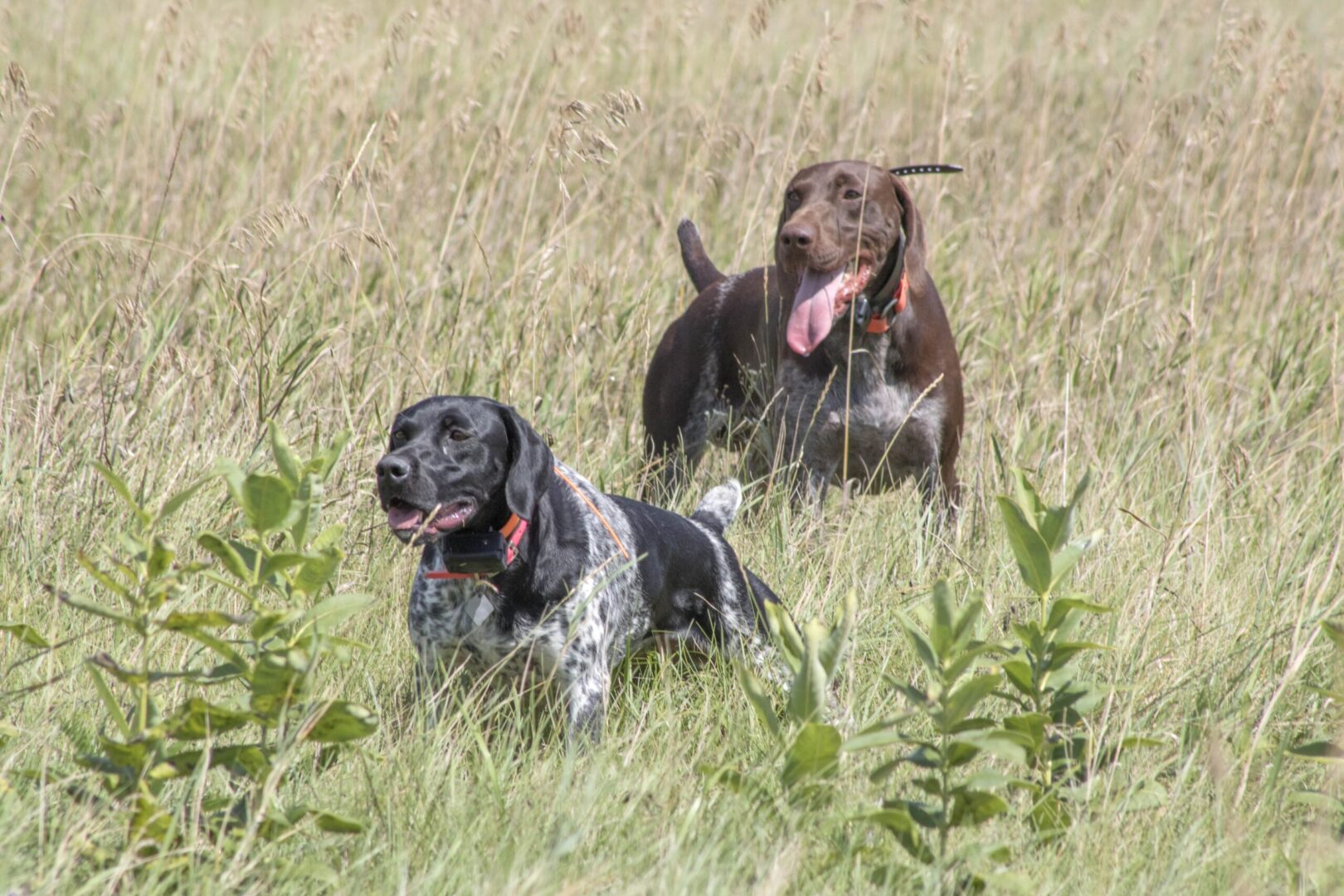
This means at least one to two hours of very rigorous exercise is essential to a happy hound. They are fine with biking, hiking and jogging, they adore fetch and retrieval games with kids, and simple chasing games are a delight to them. Clearly, this means that they are not a good fit for urban apartment-dwellers without a fenced in yard or trails to use on a regular basis.
They respond well to obedience training and adore getting involved in competitive trials and other similar activities. They are some of the most eager to please dogs in the Hound Group, and because of that you can achieve great things with them through positive reinforcement. They are so smart that they learn even complex tasks quickly and do not need a lot of reminders or ongoing reinforcement.
They do need early socialization. Though they adore their families, they can remain aloof to strangers and even become fearful of them, which puts everyone at risk. So, get them trained and socialized in puppyhood and you’ll have an amazing family dog.
The Treeing Walker Coonhounds are quite sleek and have smooth and shiny coats typically in the black and tan markings. Standing from 20 to 27 inches at the shoulder and weighing from 45 to 80 pounds, they are easy to manage. They are not heavy shedders and do well with a twice weekly brushing to eliminate dead heard. Bathing is done as needed (and since they love to play in water and mud, bathing may be frequent). Keep an eye on those floppy ears and keep them dry and try to get them used to dental care early on. With a life span of 11 to 13 years and almost no genetic issues, they are healthy and long-living dogs.
So, if you want a classic hound that is less common and a bit easier to tame than some others, the Treeing Walker Coonhound may be one to consider.
Another Bonus Hound
I didn’t want to close out this discussion of the Hound Group and some unique breeds within it without also revisiting Otterhounds. I did an article about them in the past, and gushed about their shaggy coats and charming good looks. I should also note that they are a breed at risk for disappearing. As I write this, there are roughly 600 registered Otterhounds on the AKC’s books.
I hate the idea of breeds disappearing and constantly warn people that Skye Terriers, Bloodhounds (there are roughly 100 registered with the AKC!), Smooth Collies, and several other breeds are at risk for disappearing. Otterhounds are in this group, and since they are described as “even tempered, amiable and boisterous” they need to stick around. They can be quite large, but they are such great dogs that I wanted to just remind readers about them as part of the Hound Group.
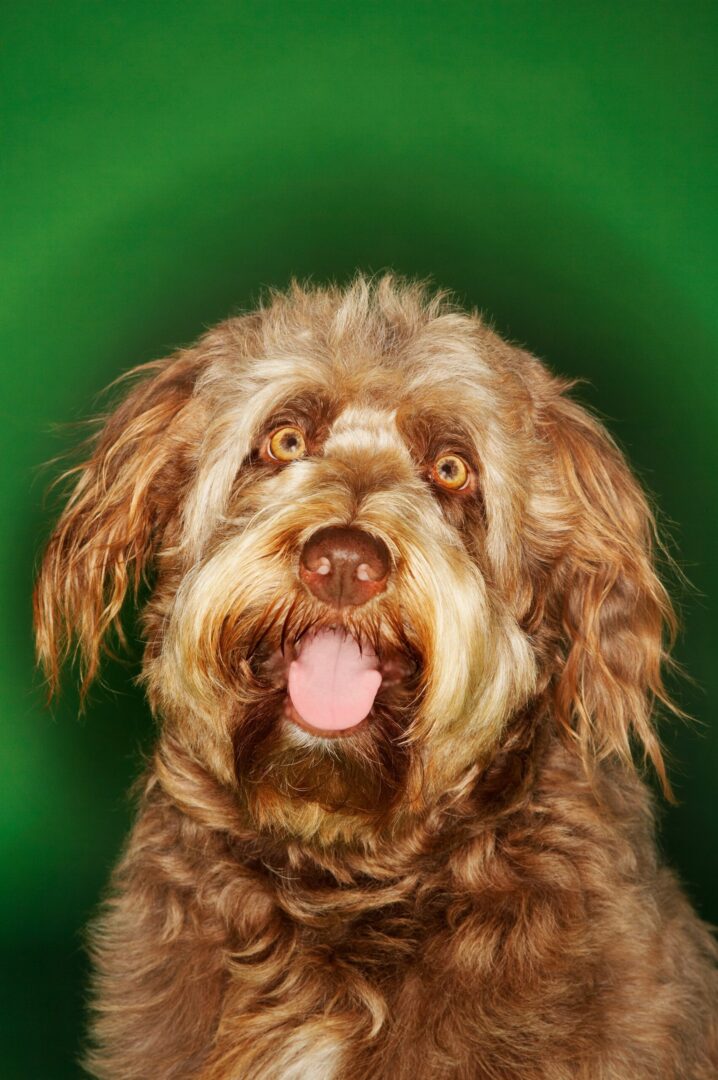
They are “big and bouncy” and though designed to hunt otter, they are also ideal family dogs. They are great swimmers, deeply affectionate dogs, and date back to Medieval England. Clearly, they are no longer used to hunt otters (as that is illegal), but they are great trackers with powerful sniffers and they are just too adorable and cute to see disappear.
Consider a Hound
So, if you are considering adopting a dog and think a hound might be good for your home, this article should have helped you to decide. As you might have already noted, the hound owner has to be relatively active, able to give time to training, and have space for the dog to romp and play safely. They can be trained to live with other dogs and even some house pets (for the most part) and have fewer health issues than many expect. They are some of the oldest breeds and have an undying sense of loyalty and dedication to their people. If you want a dog with a longer life, good health and robust love for anything outdoors, a hound dog is just what you need!
Related Content:
Group Spotlight: The Working Group Dogs and 5 Unique Examples from the Group
32 Dog Breeds Without Many (or Any) Health Issues
25 Longest Lived Dog Breeds (Video)
15 Most Posh Dog Breeds
Source
https://www.akc.org/dog-breeds/hound/page/3/
http://nds.nationaldogshow.com/event-info-groups.php
https://www.petwave.com/Dogs/Breeds/Hound-Group.aspx
https://www.akc.org/expert-advice/lifestyle/what-do-police-dogs-do/
https://www.akc.org/dog-breeds/cirneco-delletna/
https://www.akc.org/dog-breeds/harrier/
https://www.akc.org/dog-breeds/portuguese-podengo-pequeno/#fact-slider
https://www.akc.org/dog-breeds/saluki/
https://www.akc.org/dog-breeds/sloughi/
https://www.akc.org/dog-breeds/treeing-walker-coonhound/
https://www.petwave.com/Dogs/Breeds/Treeing-Walker-Coonhound/Personality.aspx

